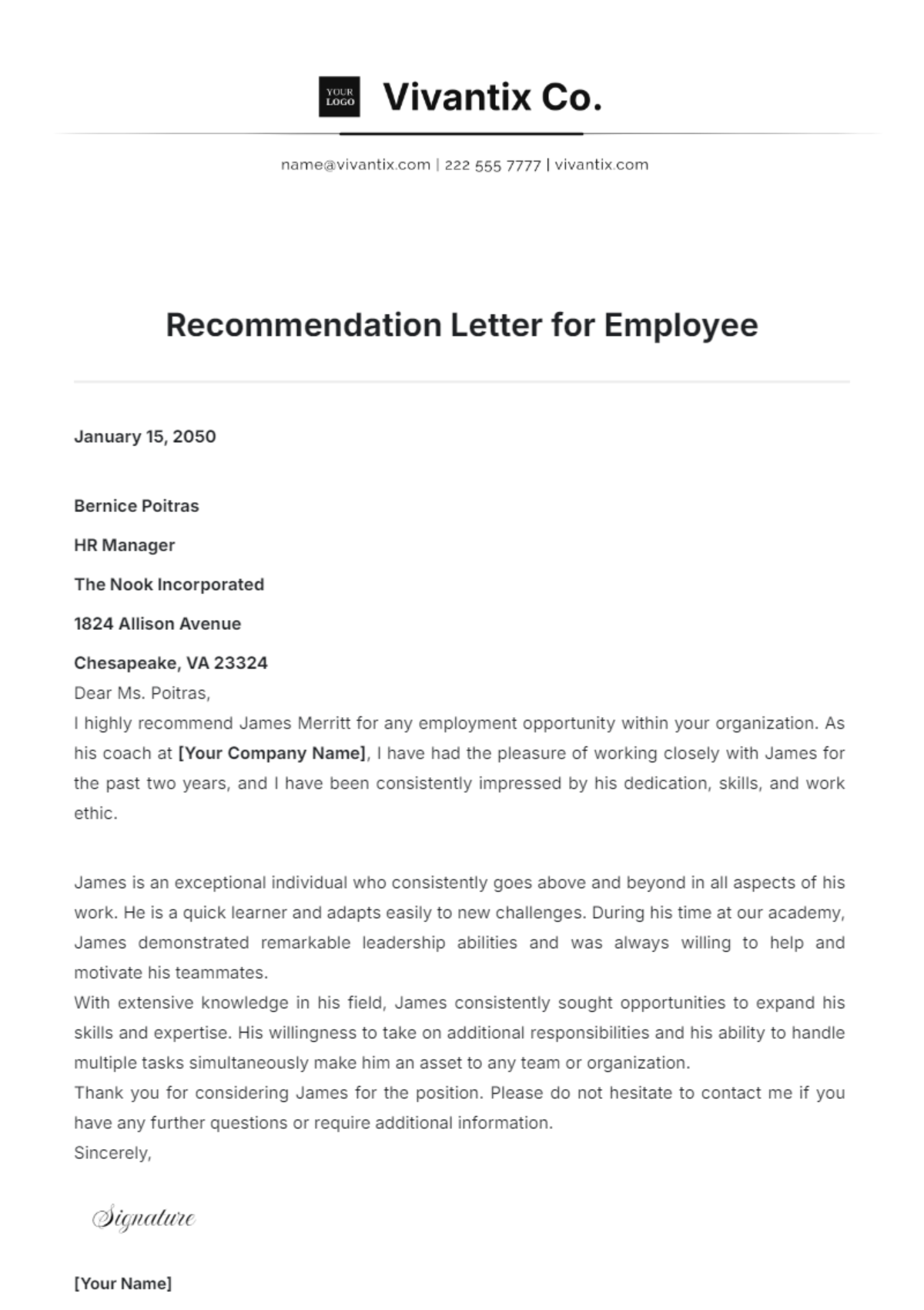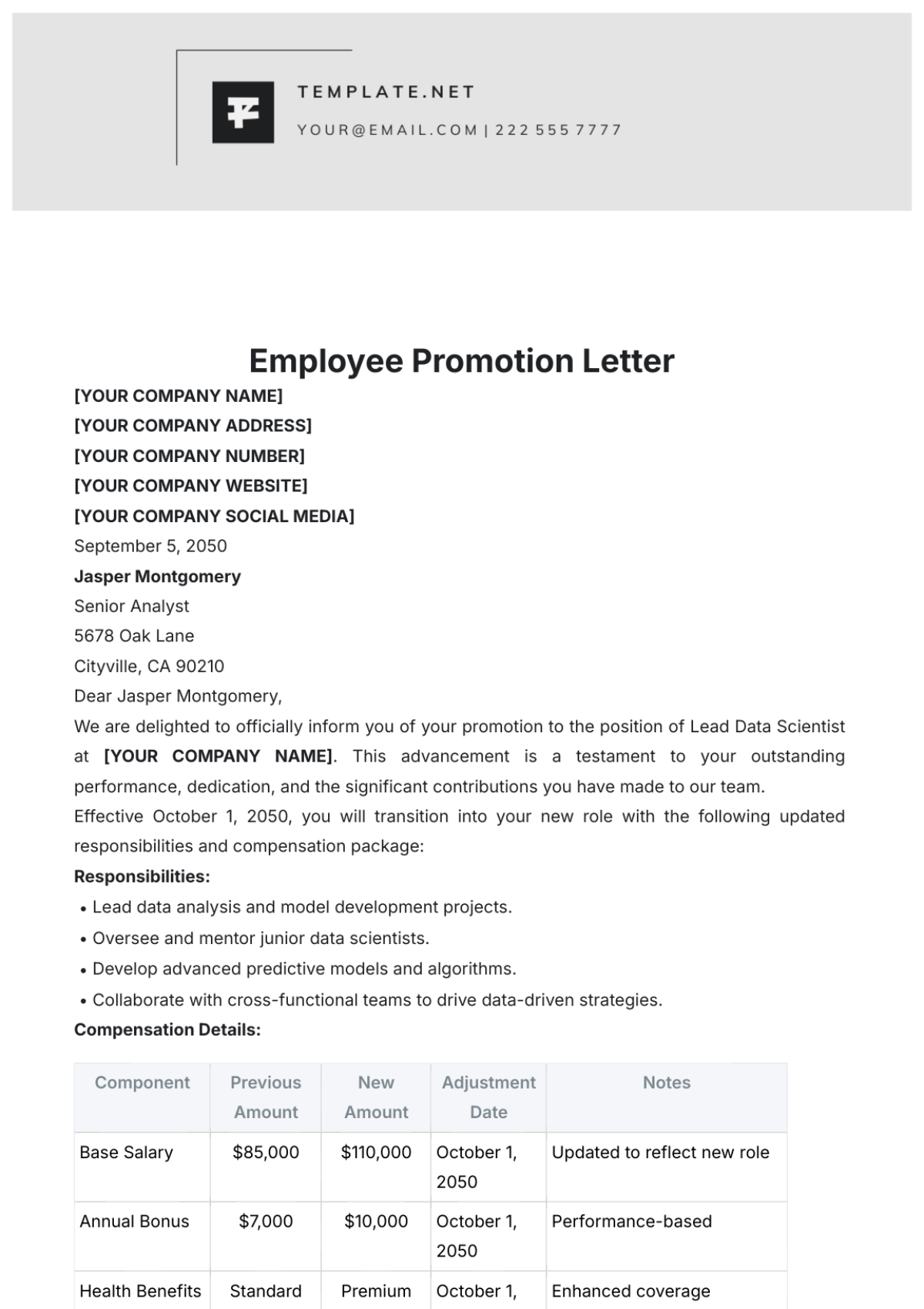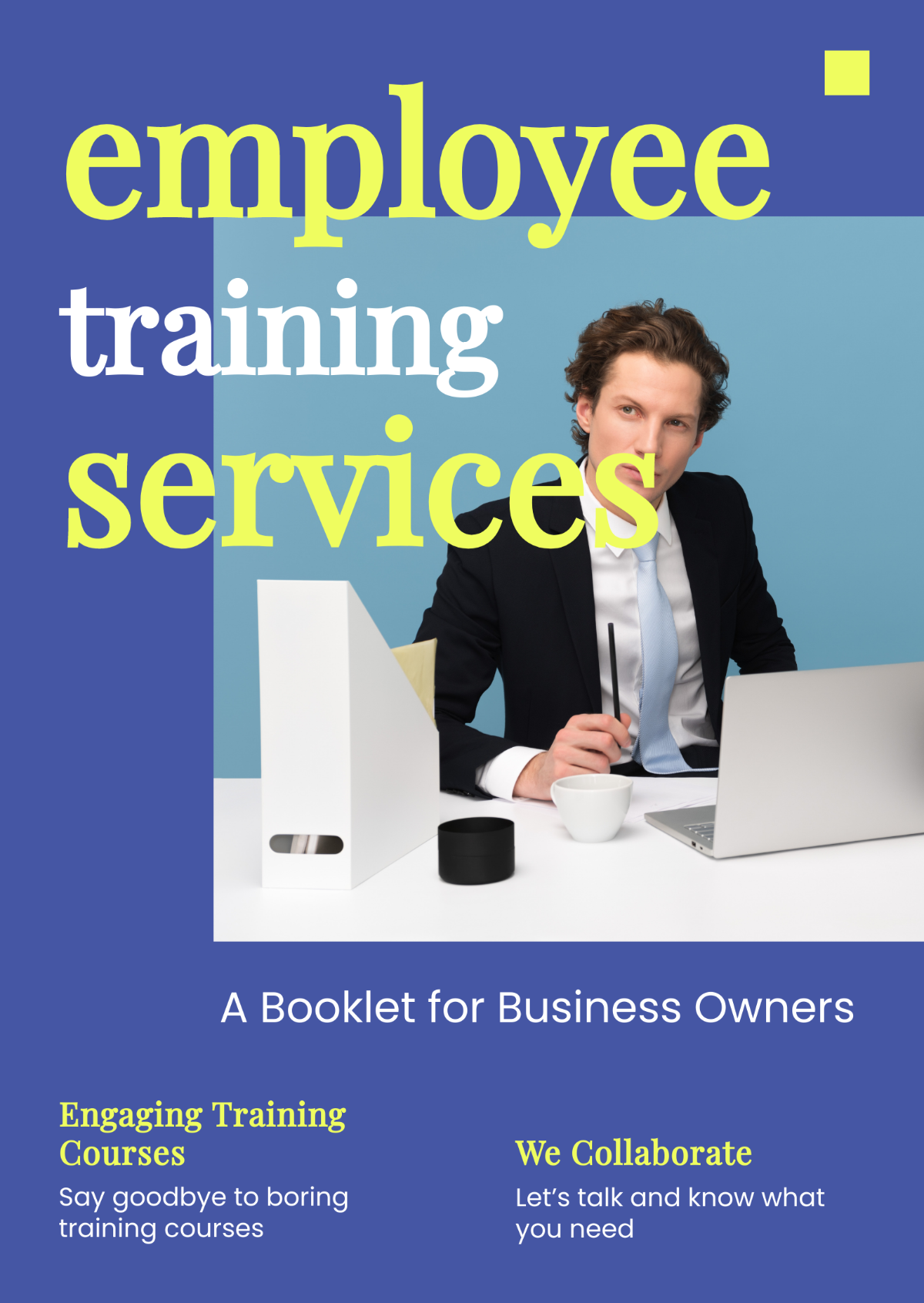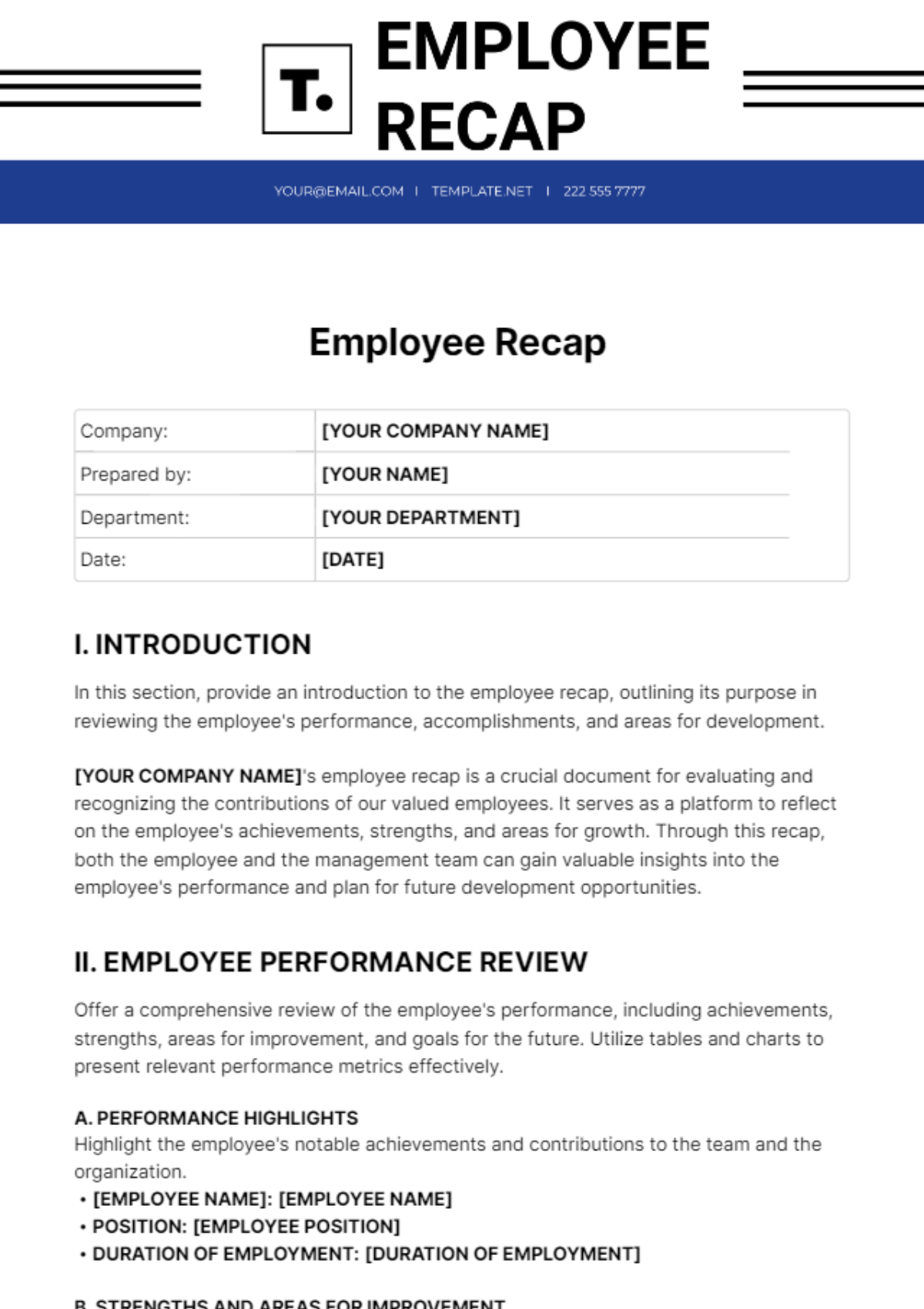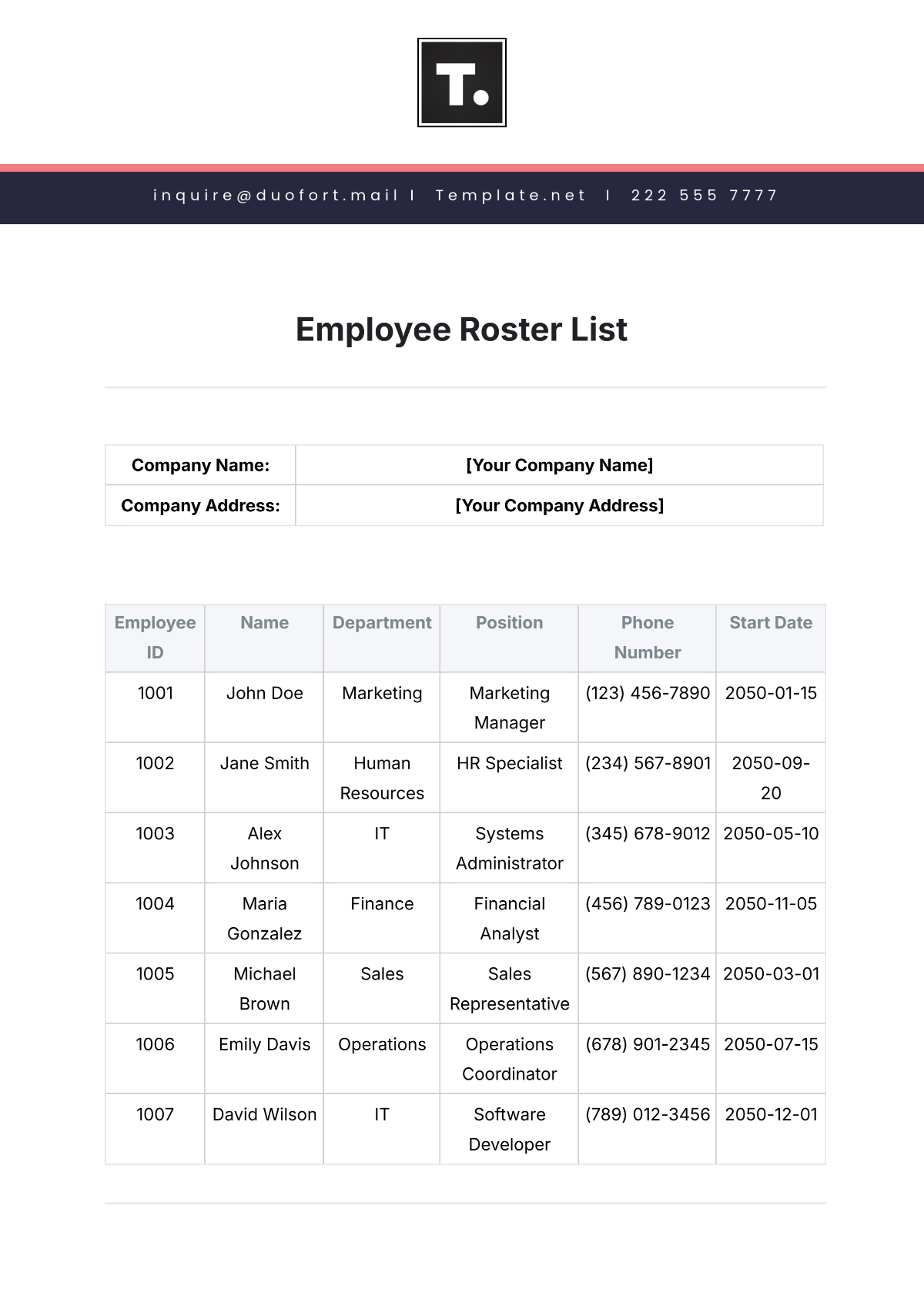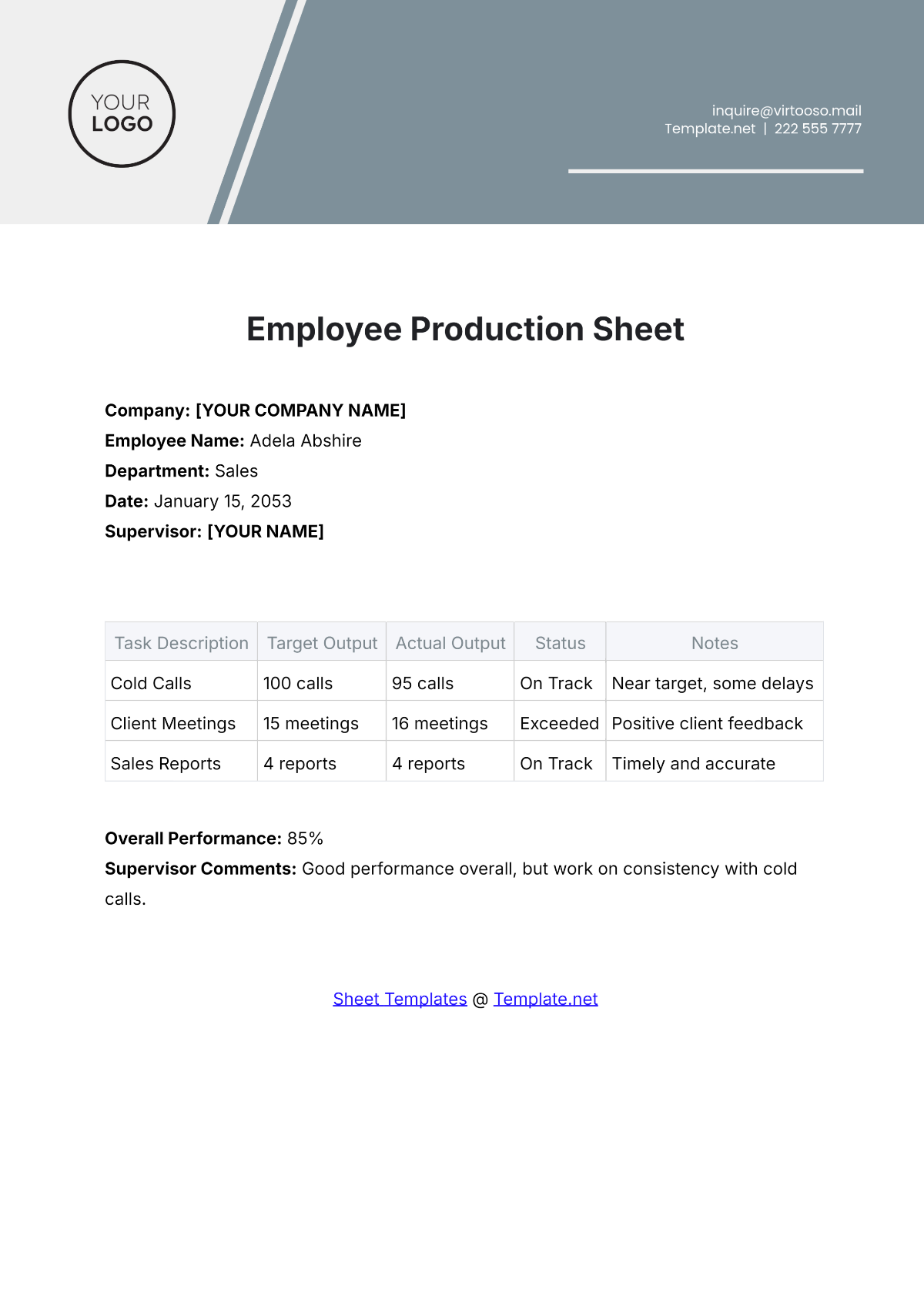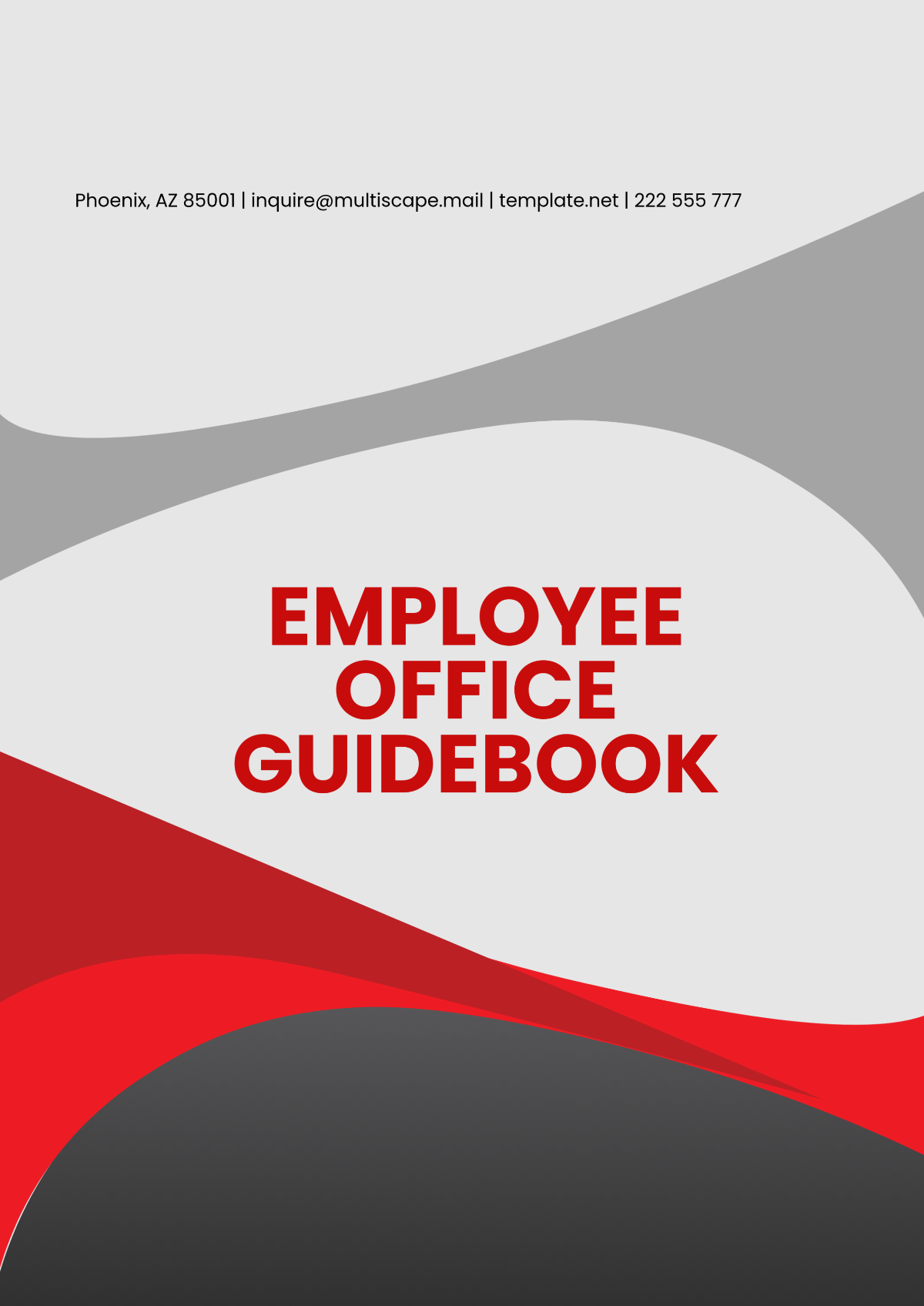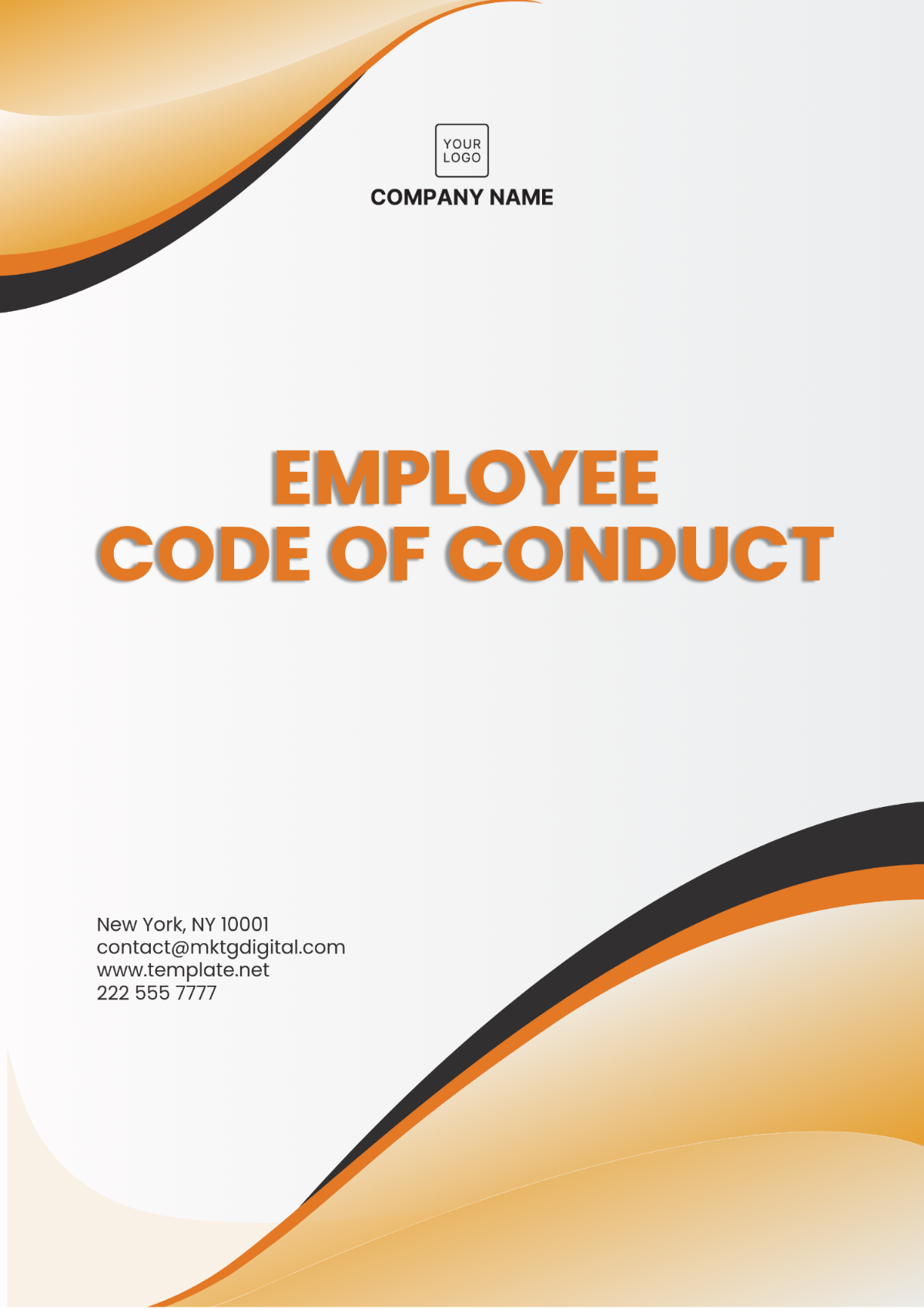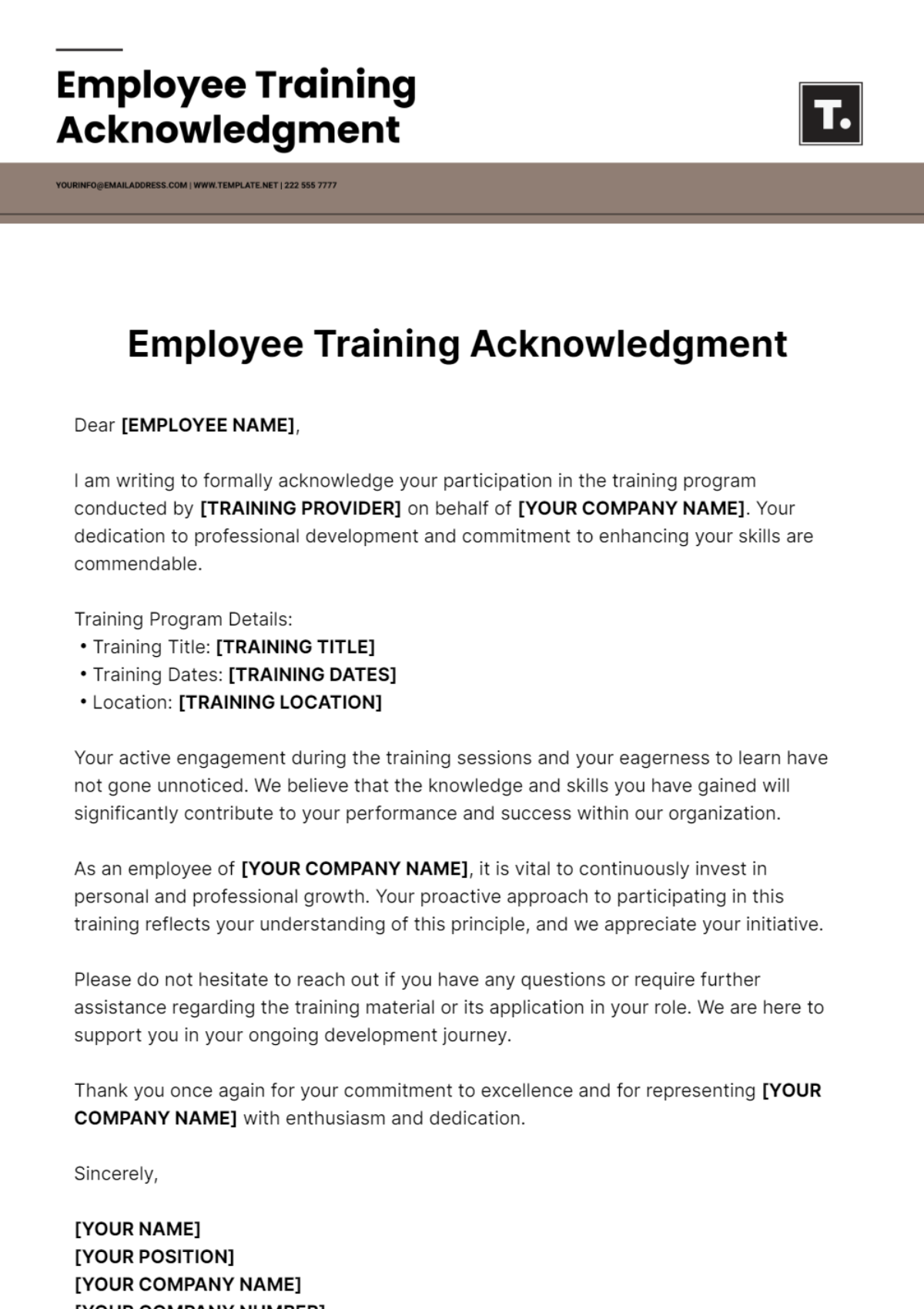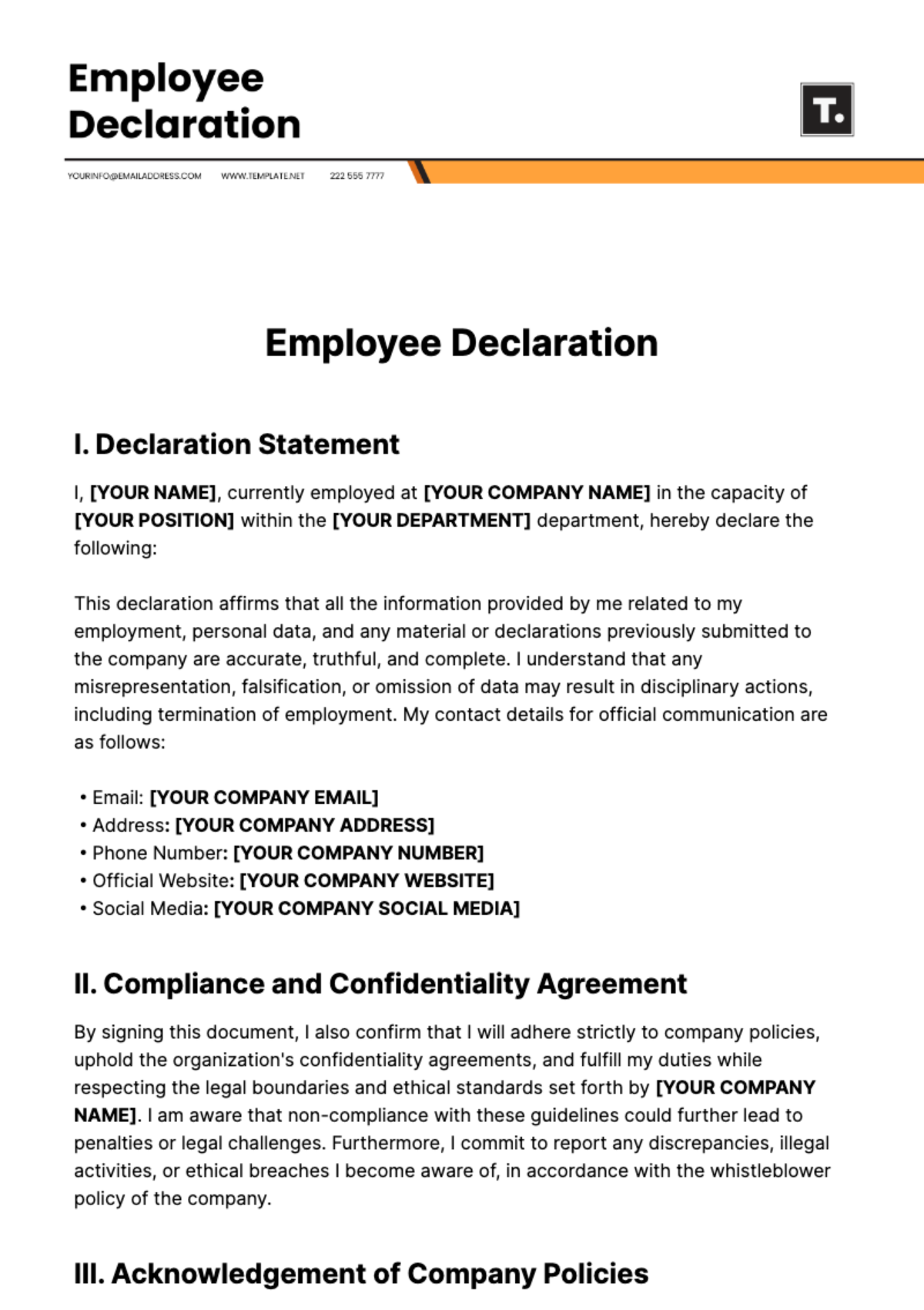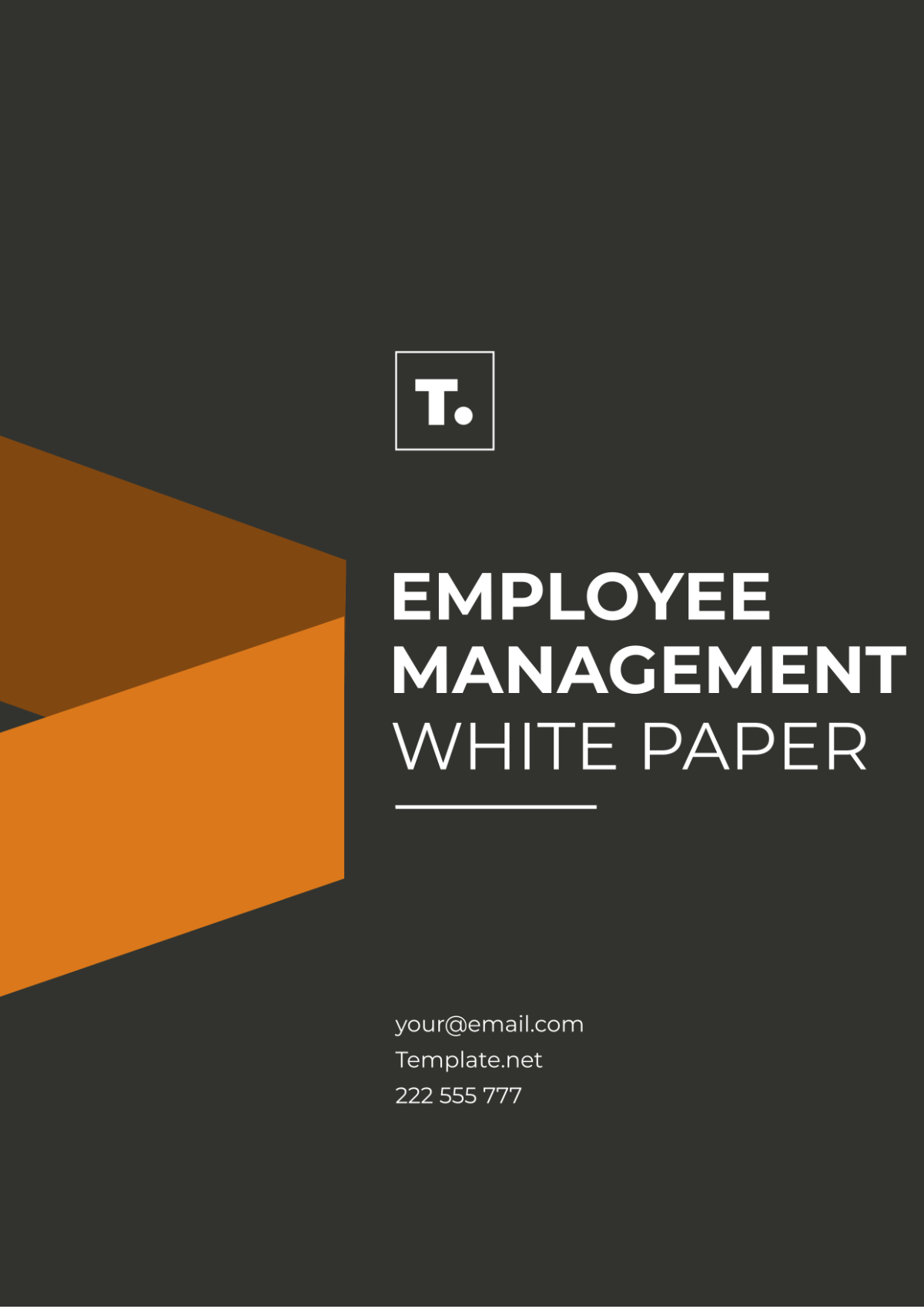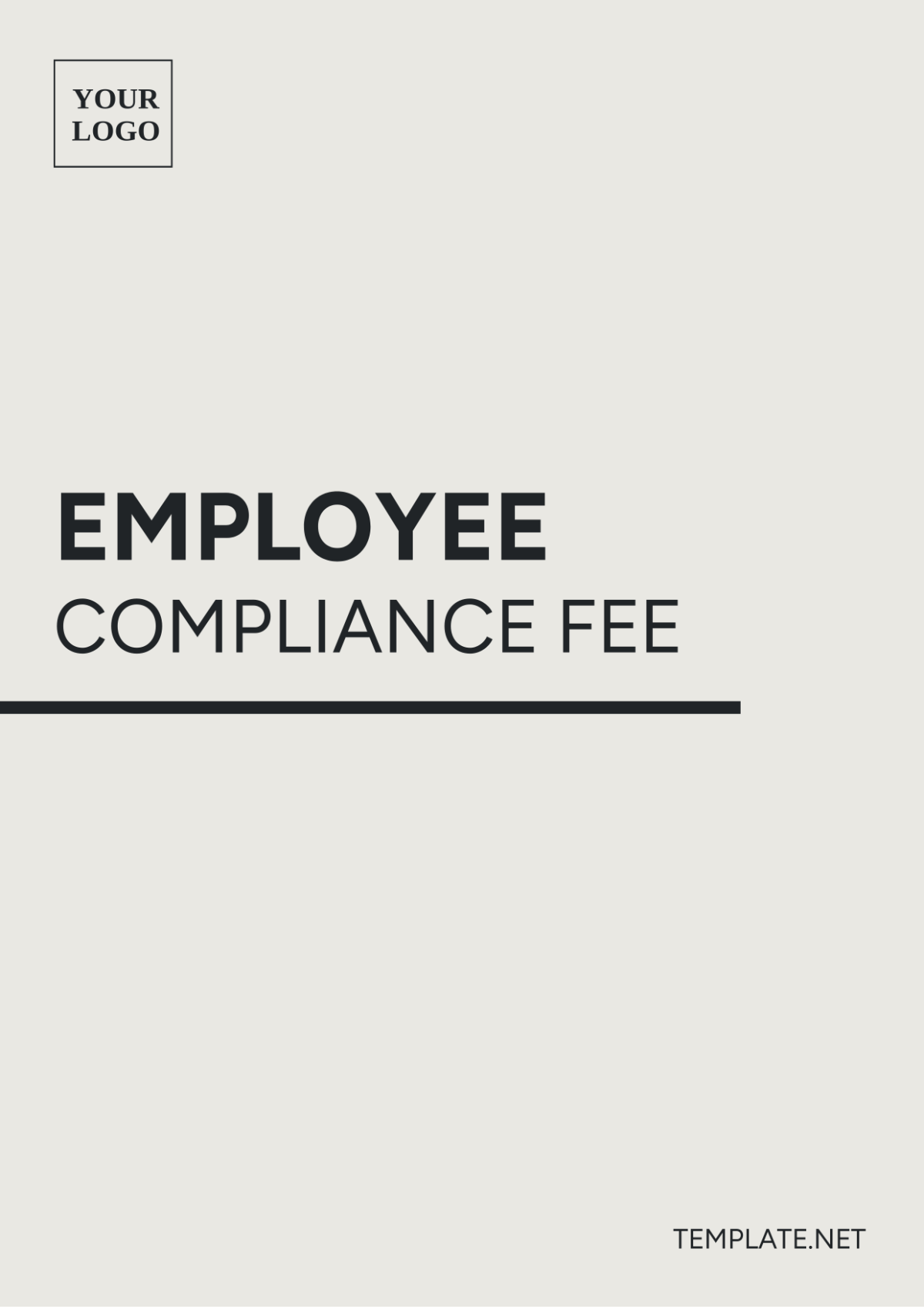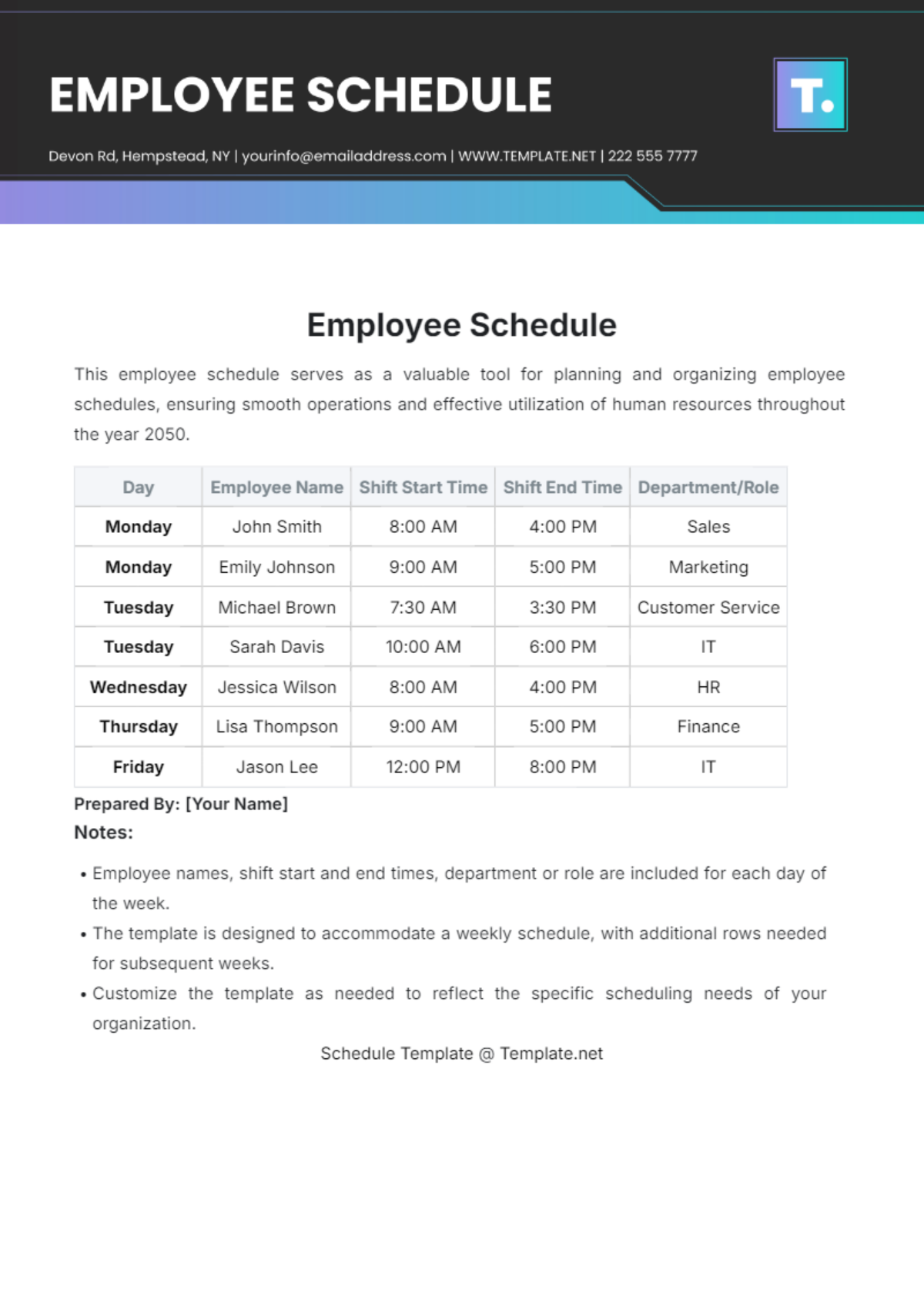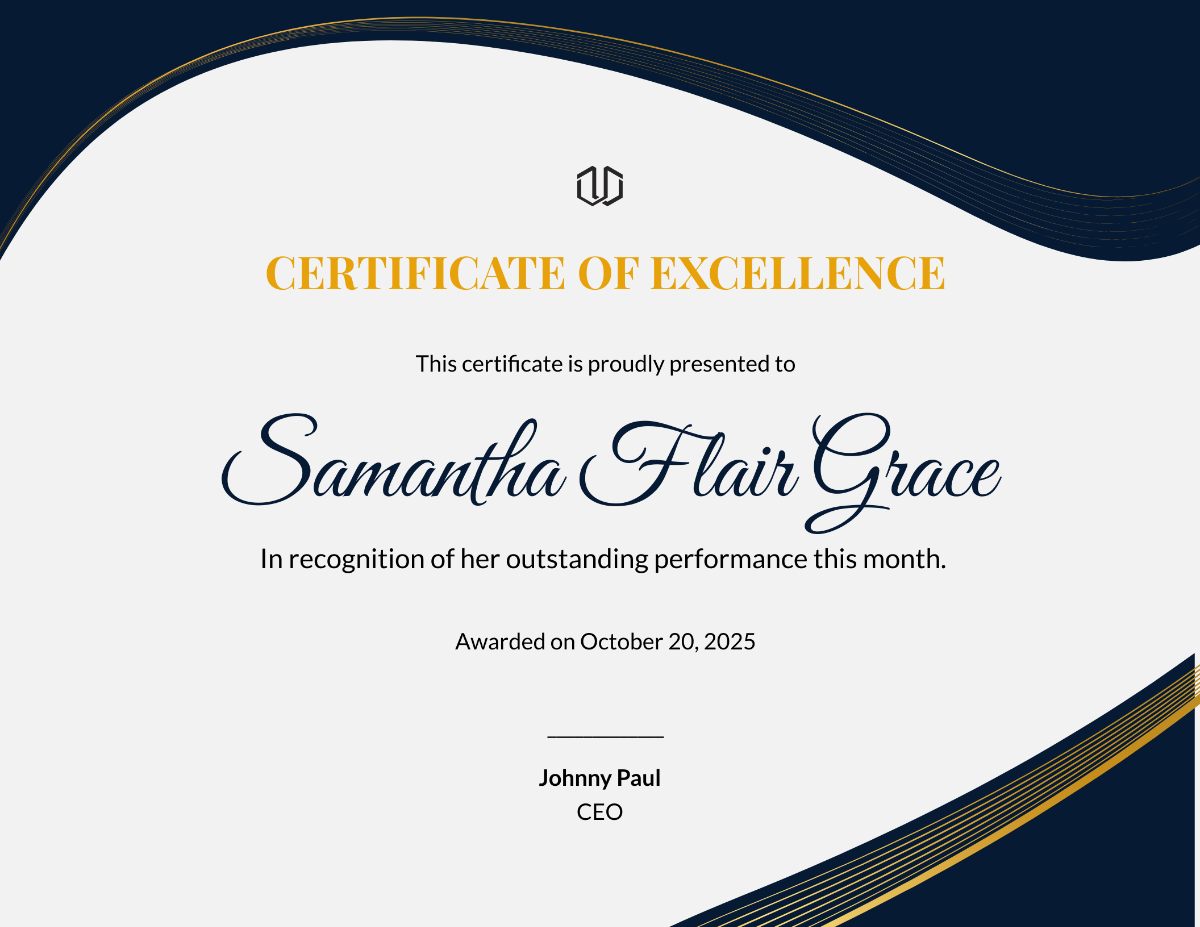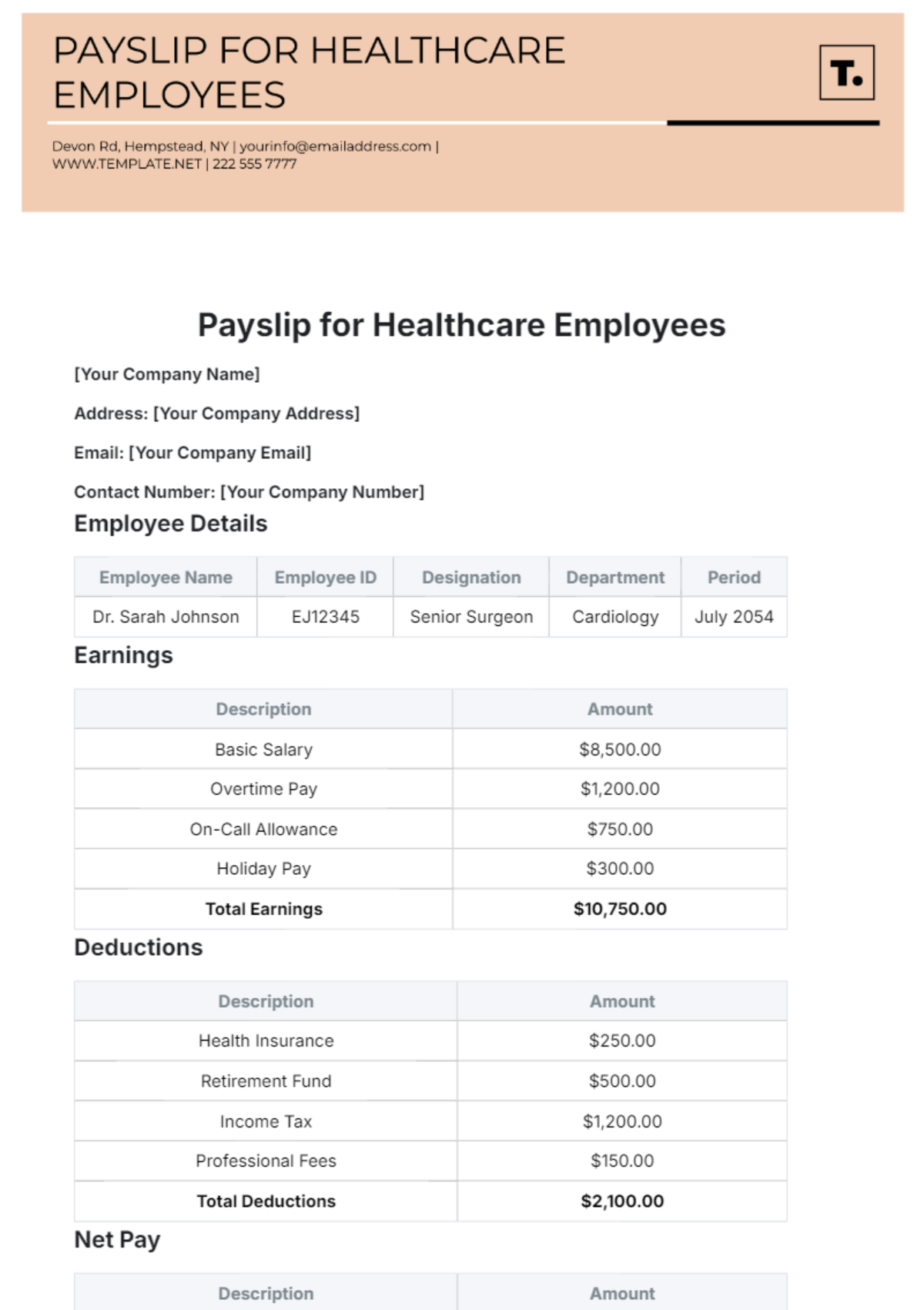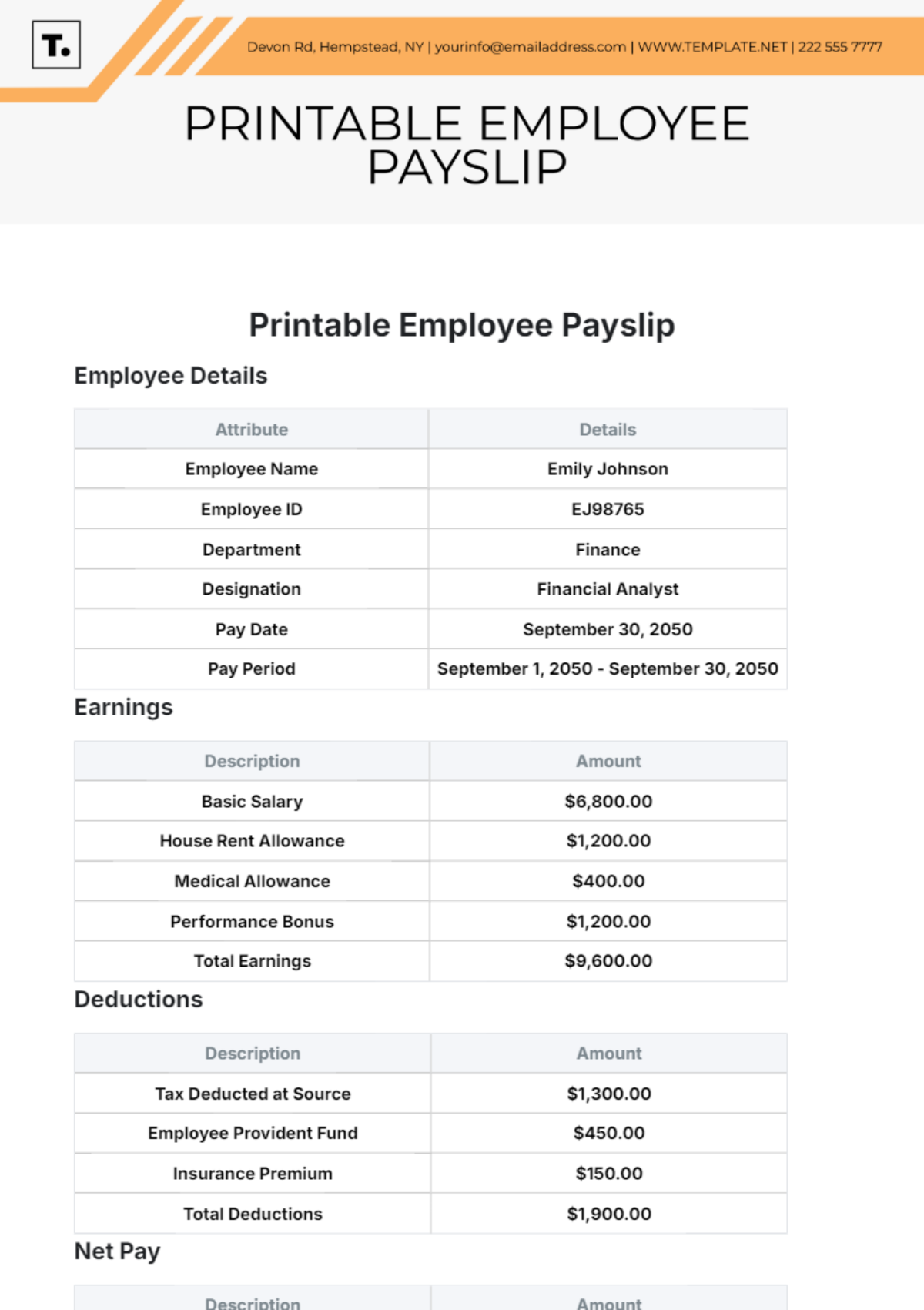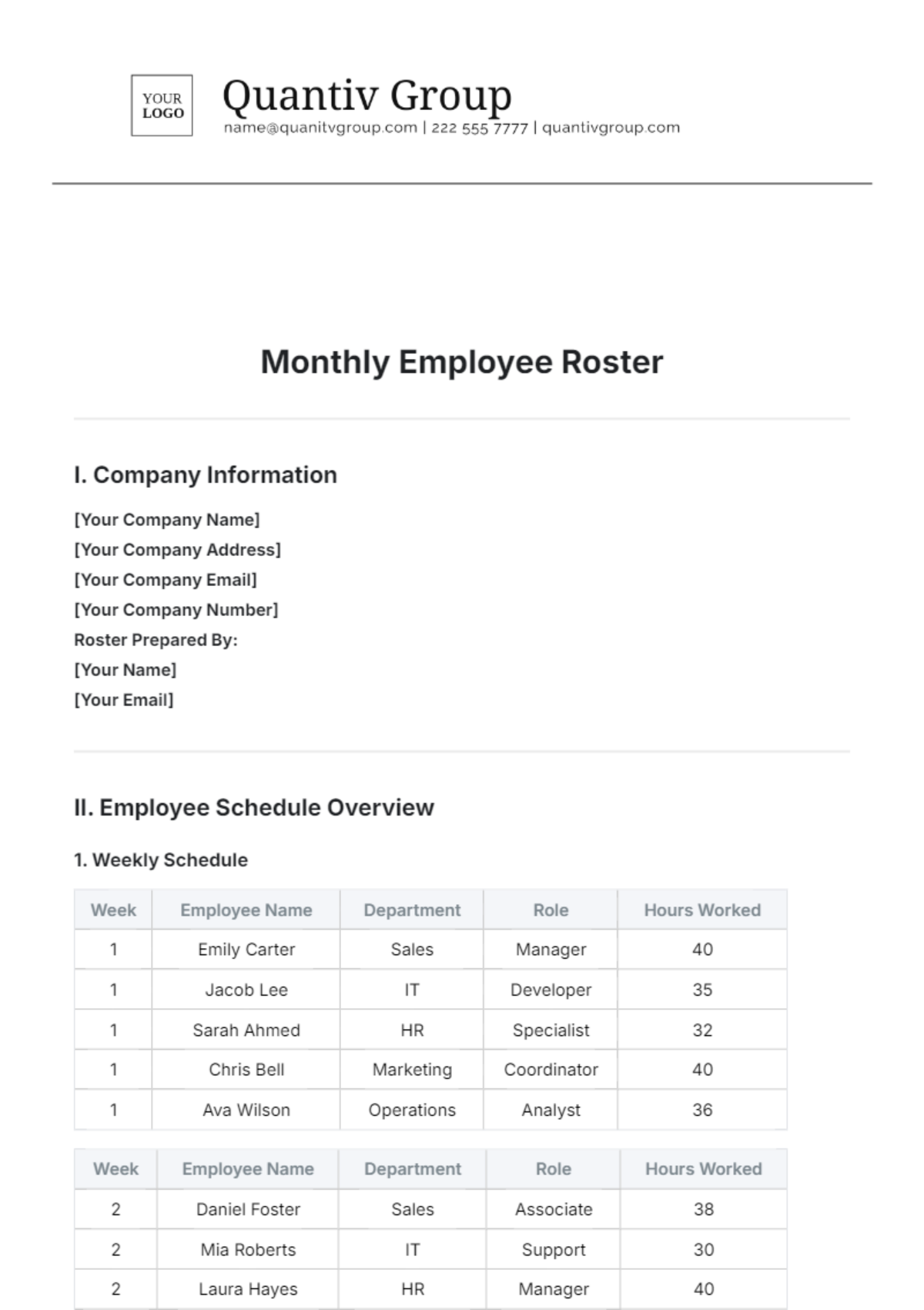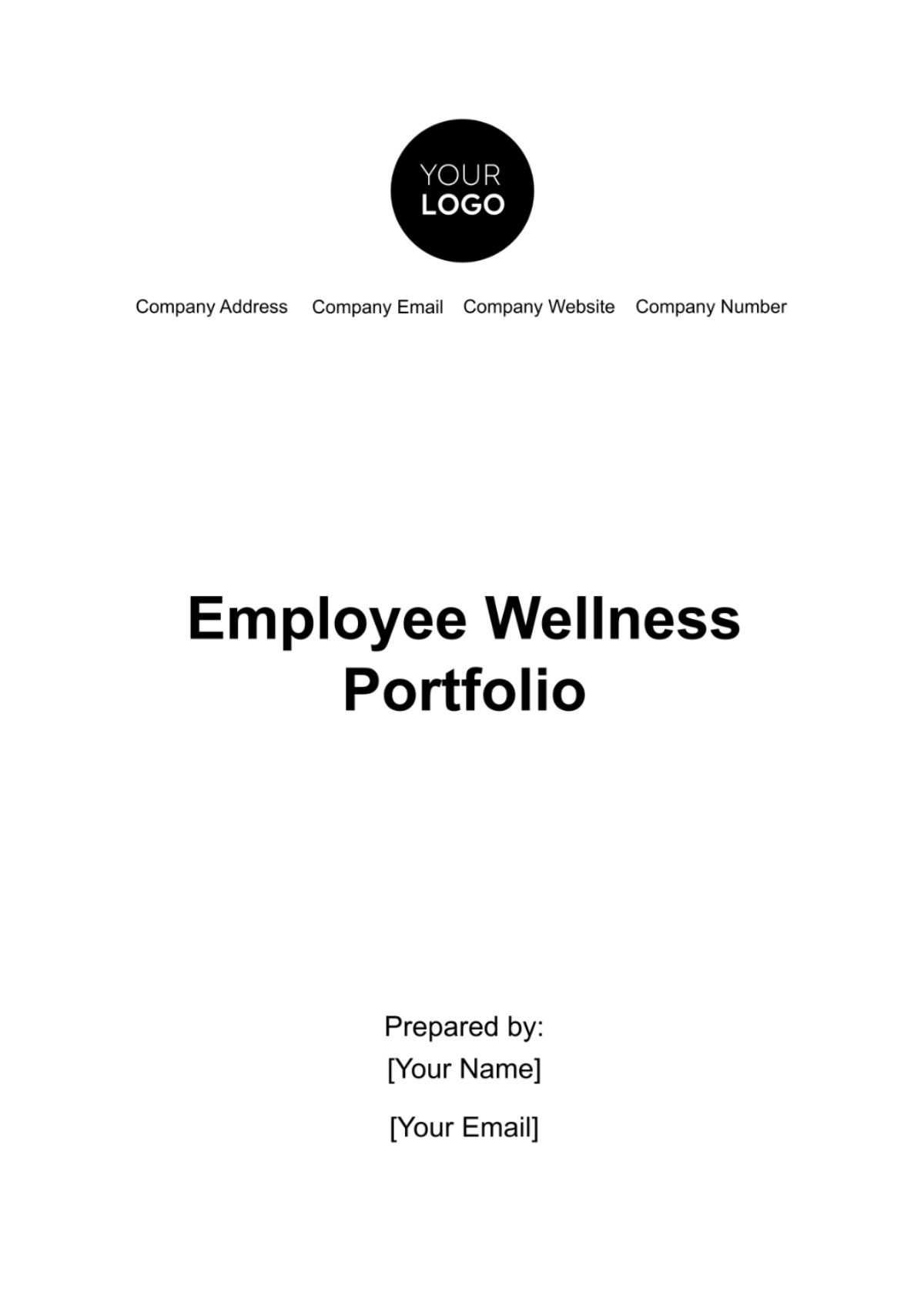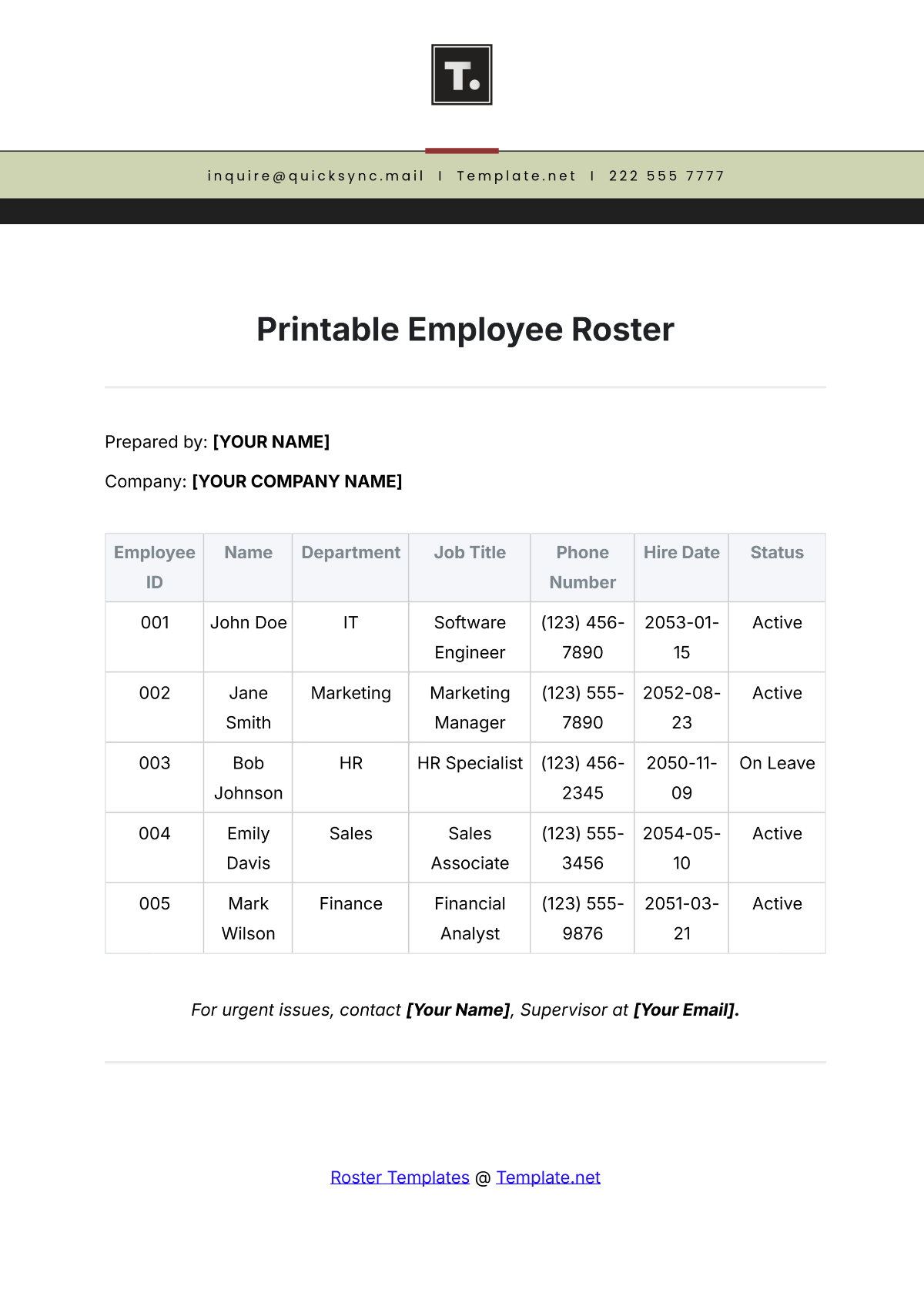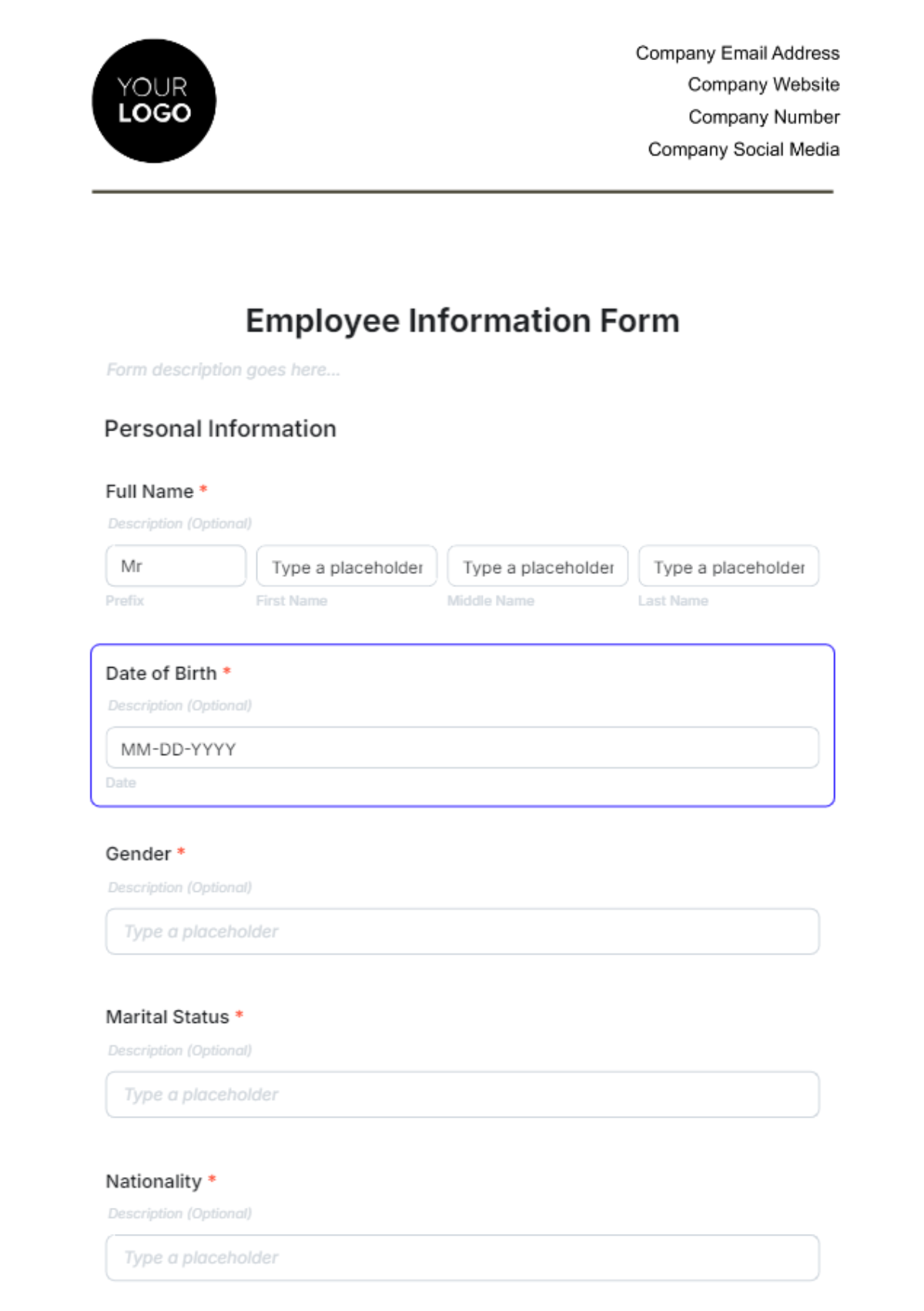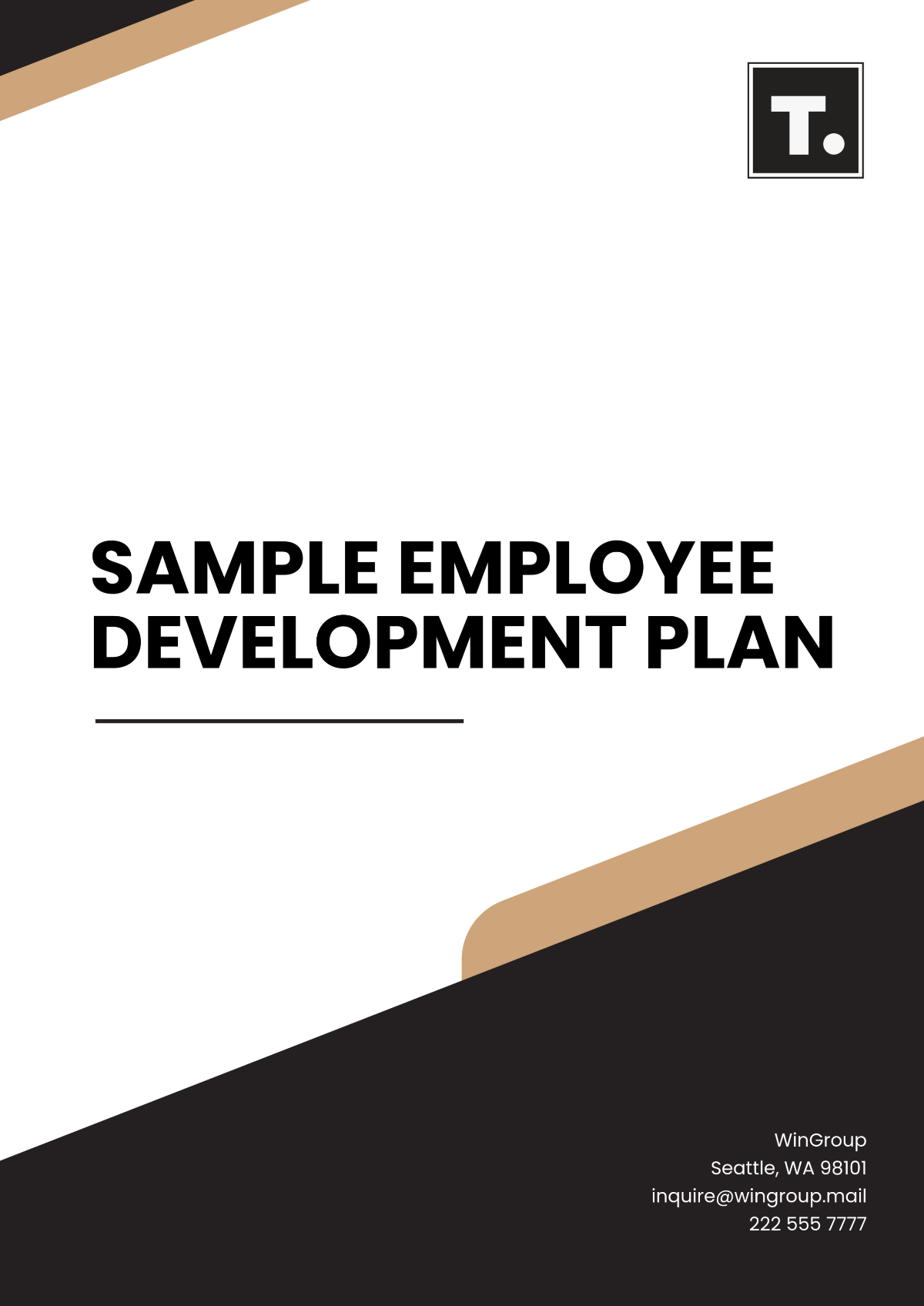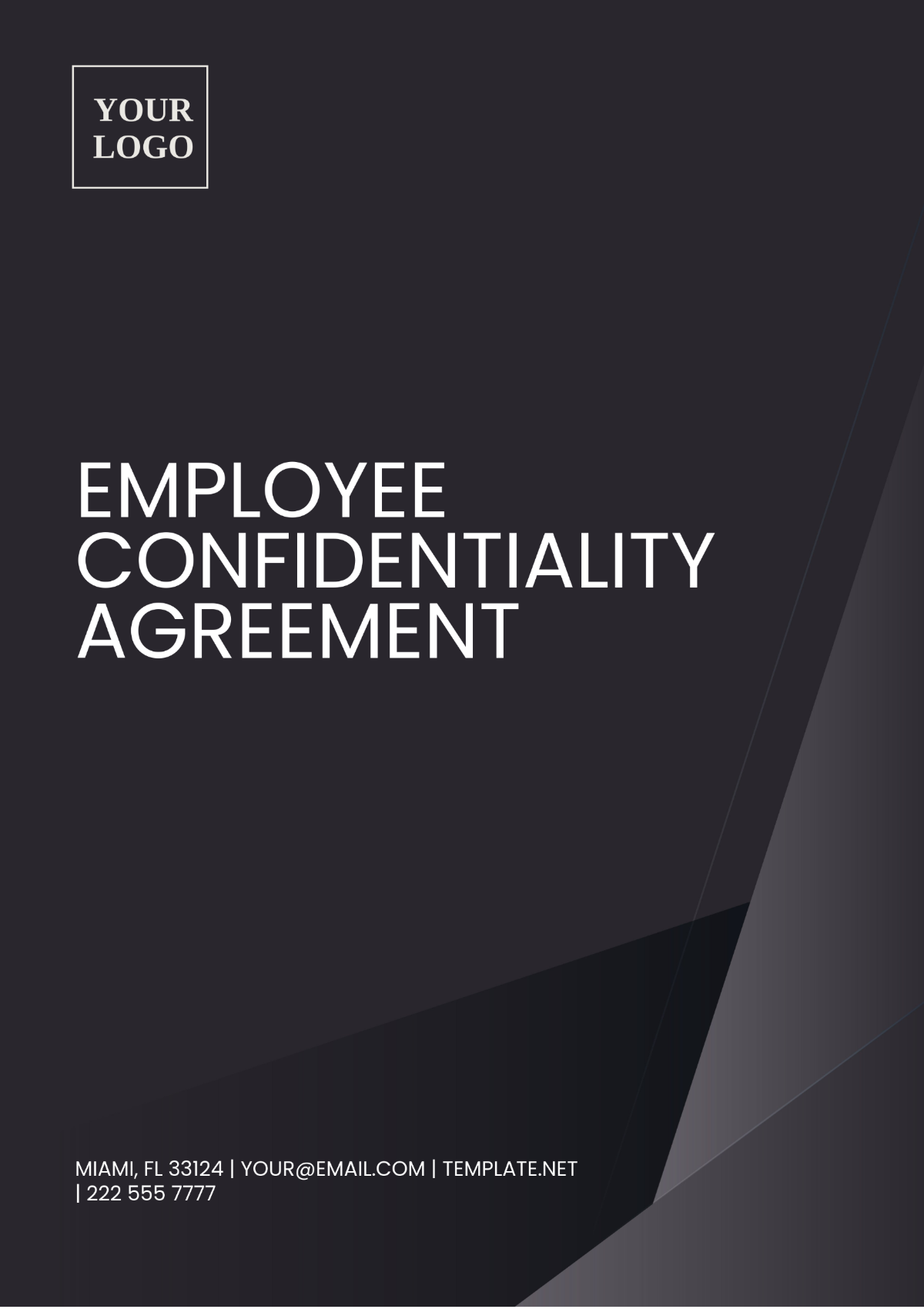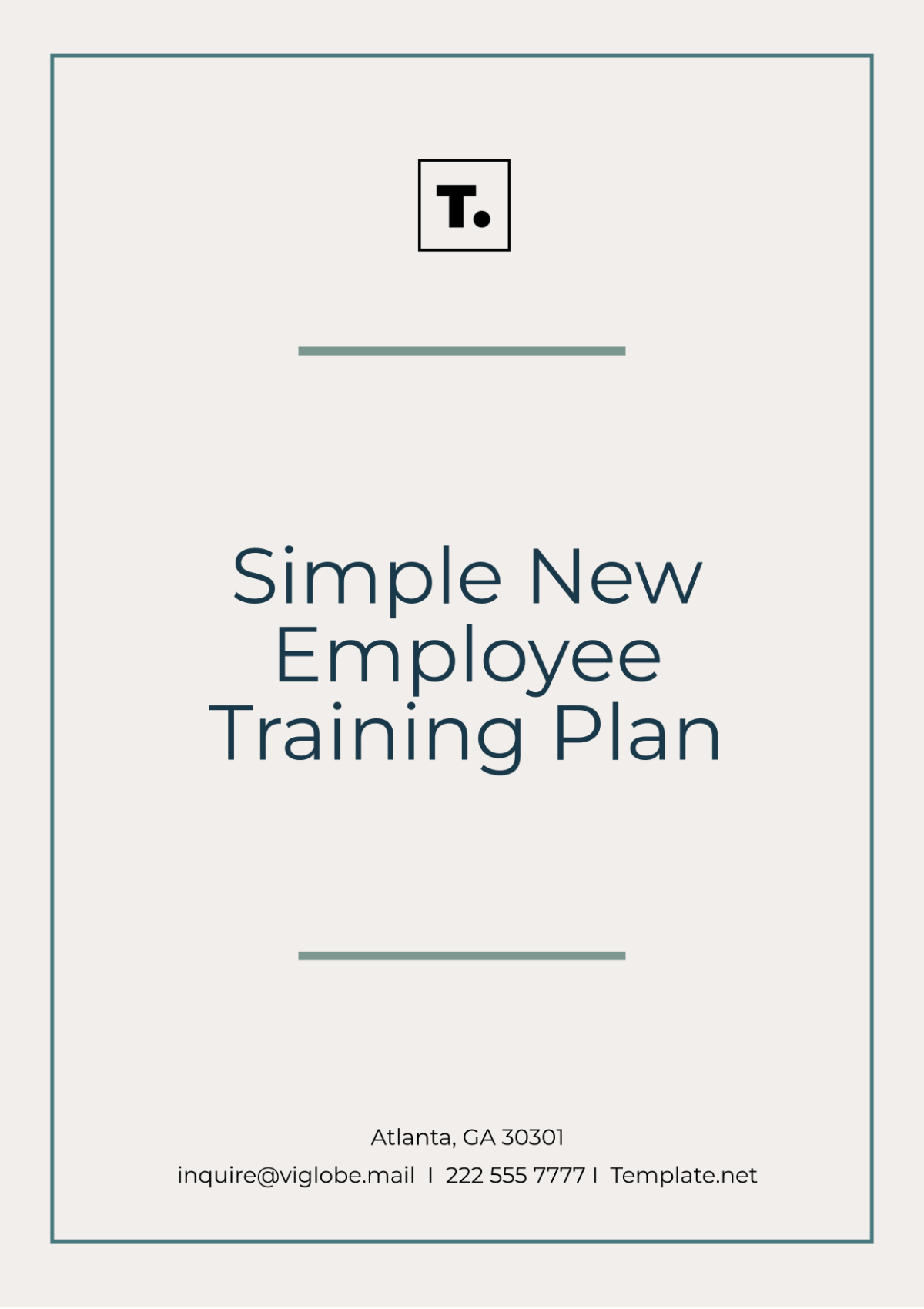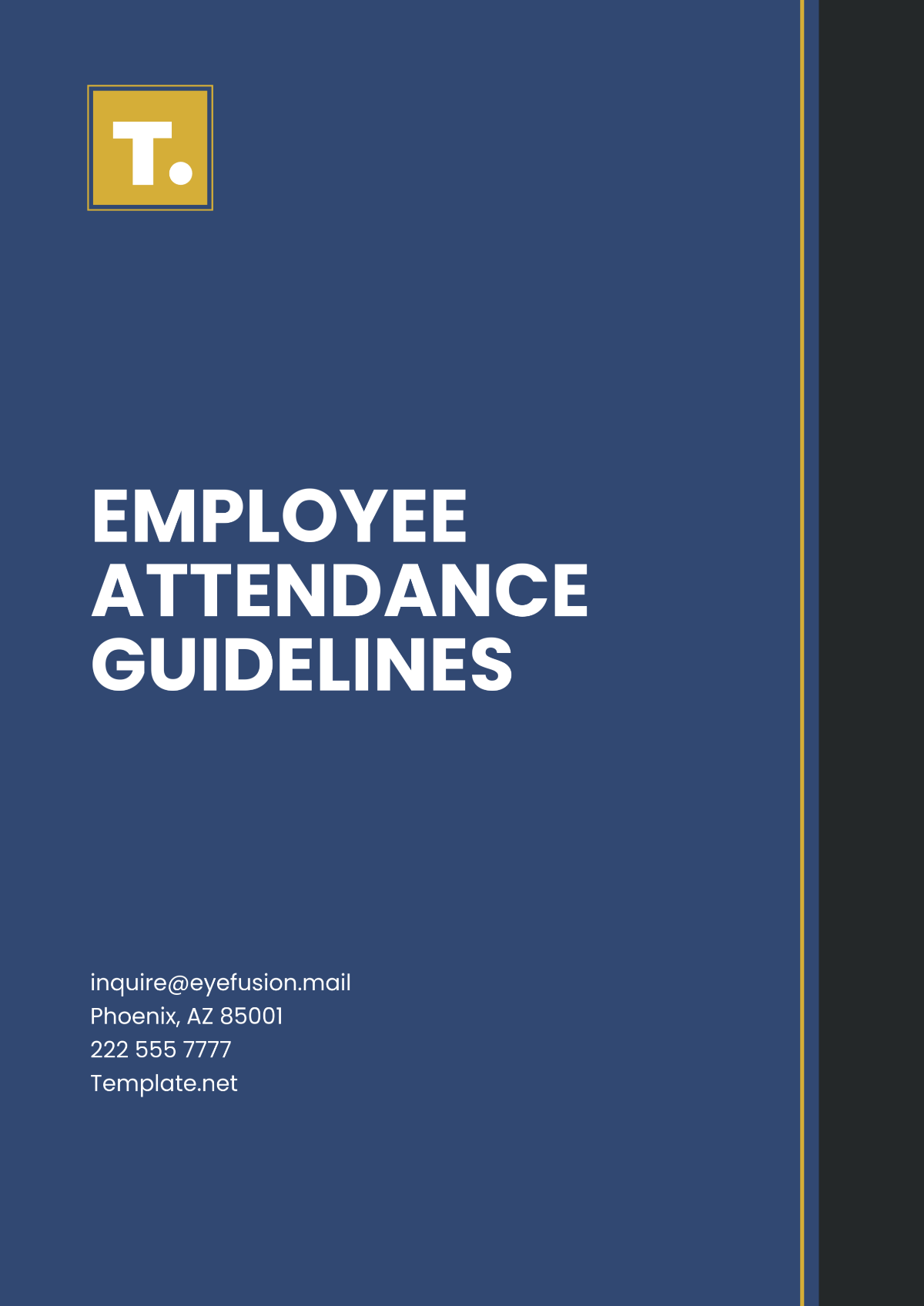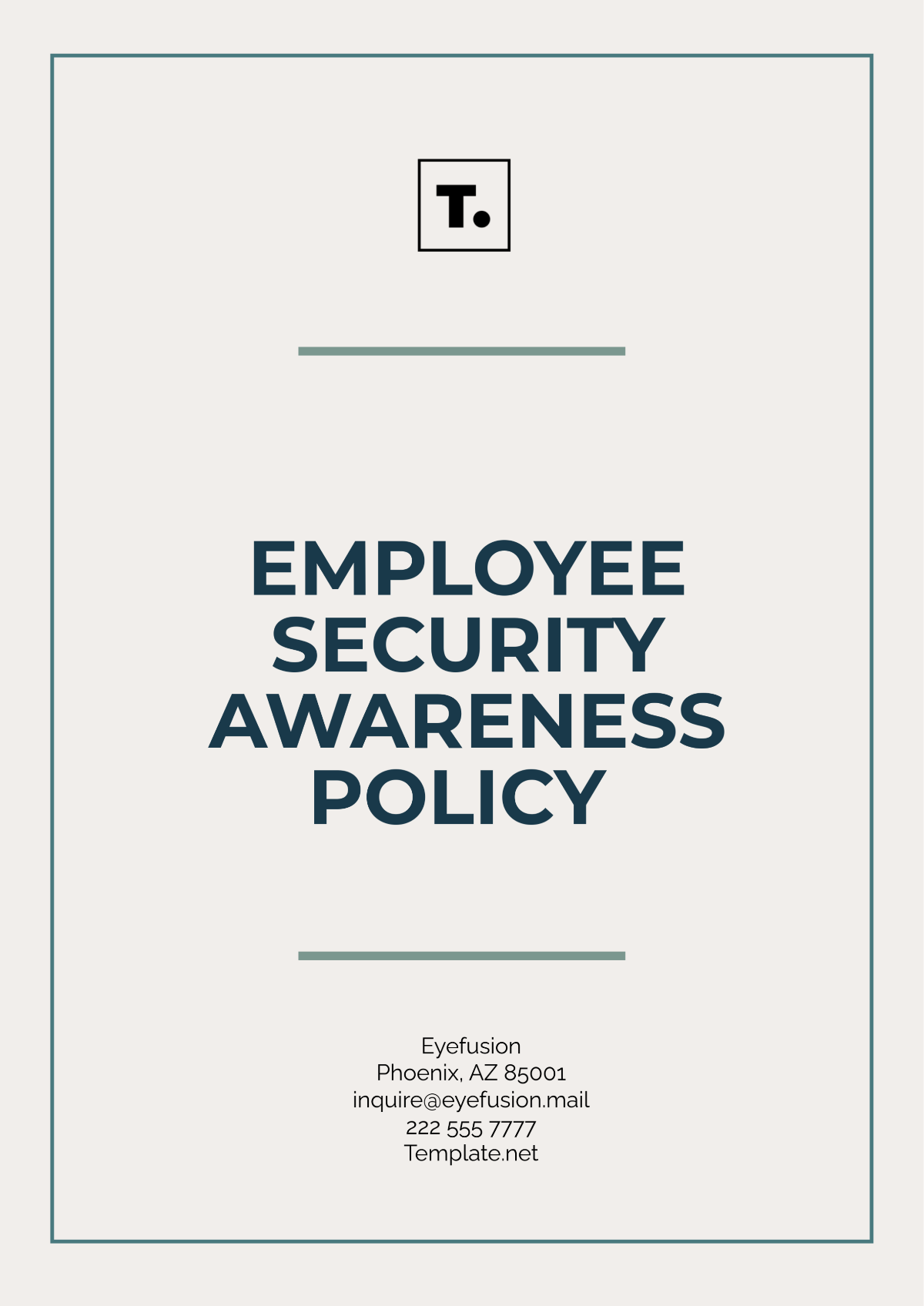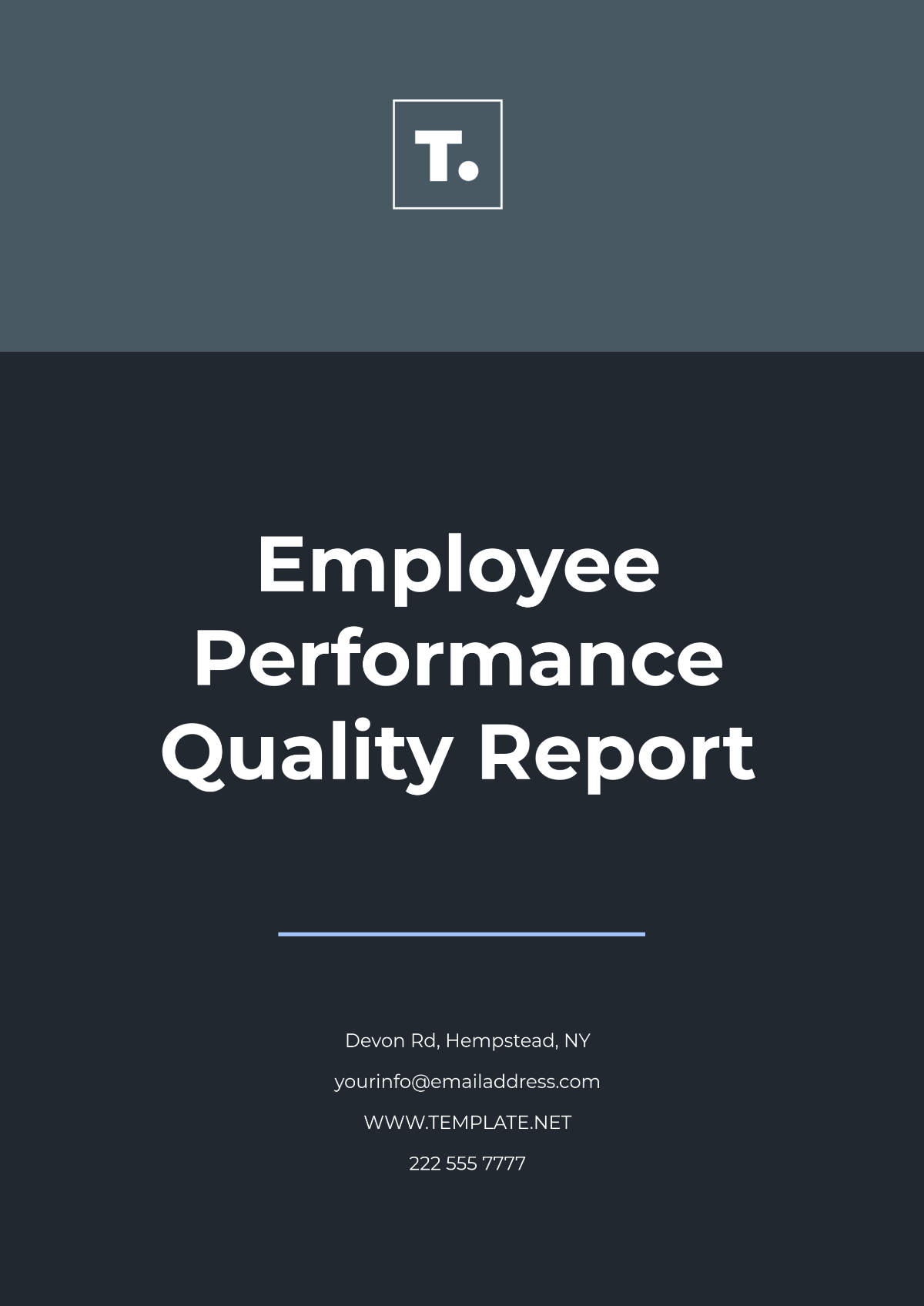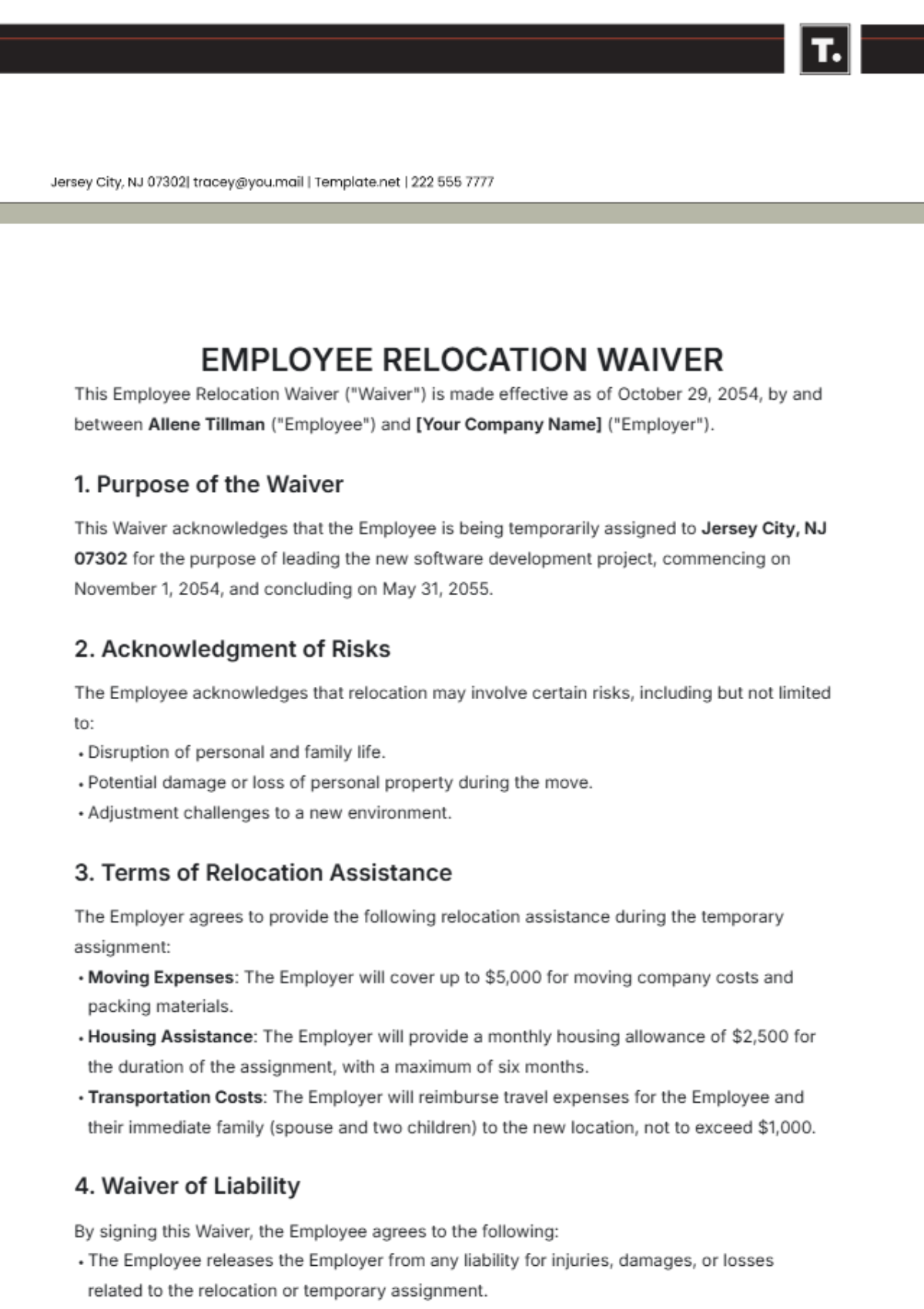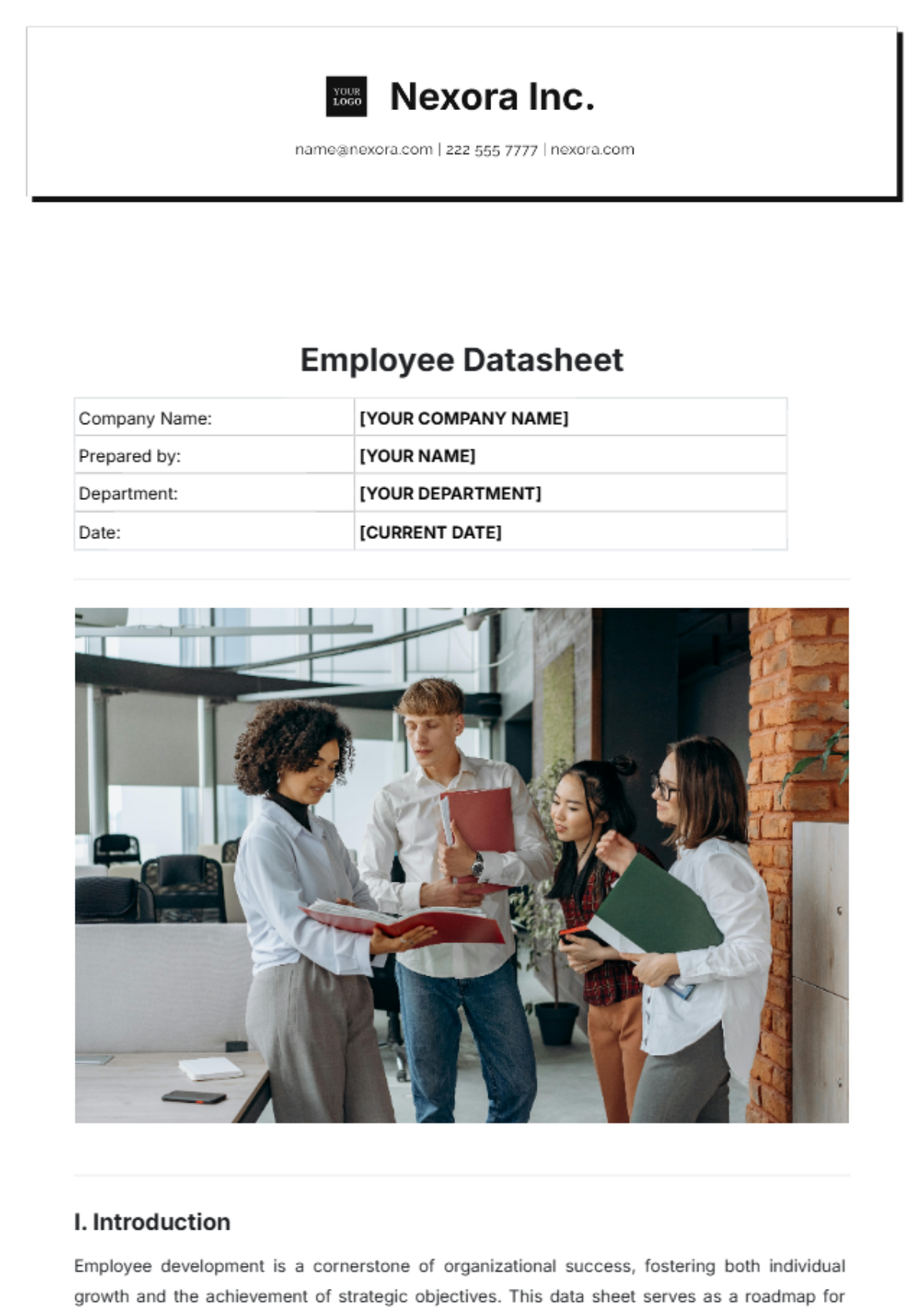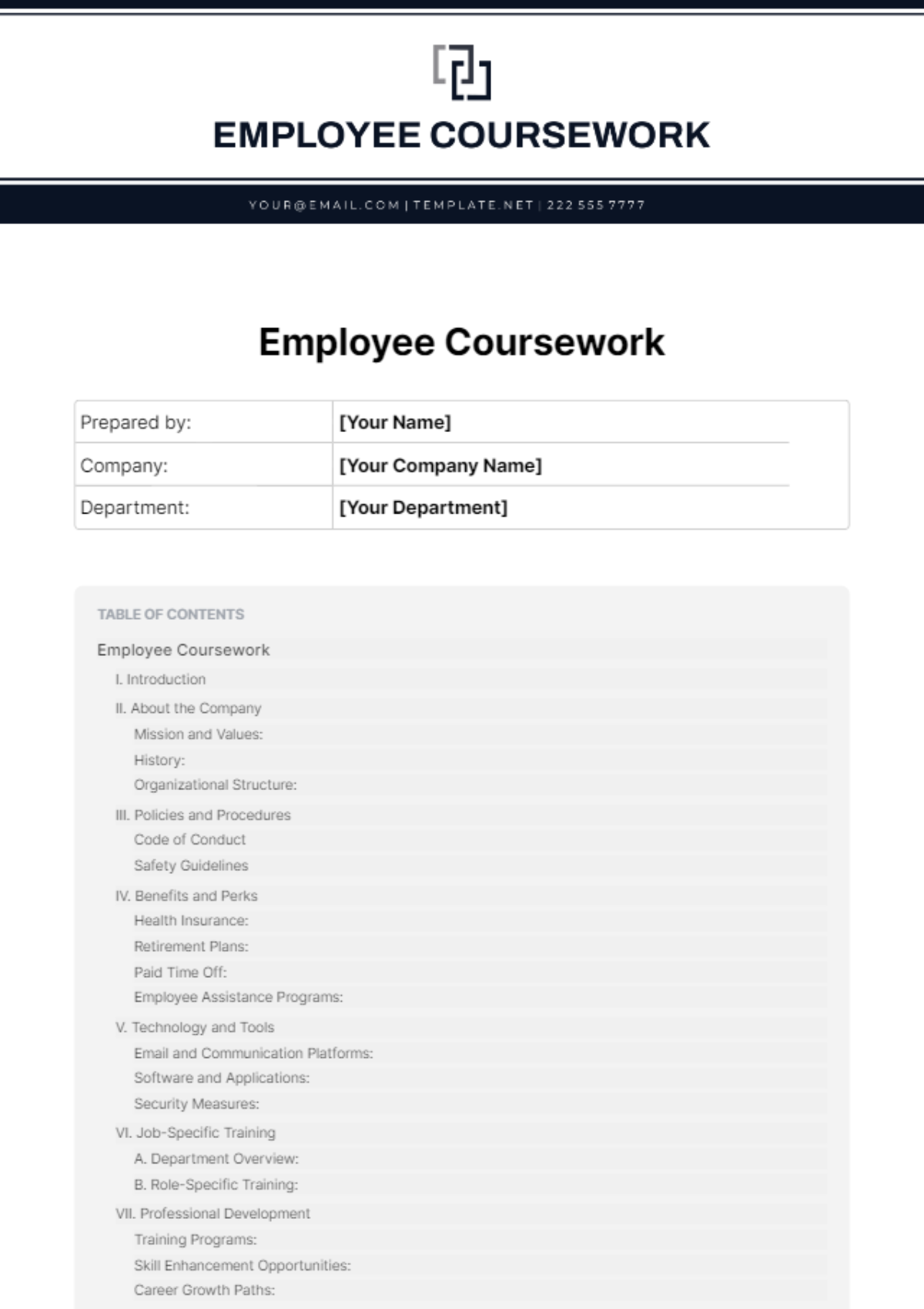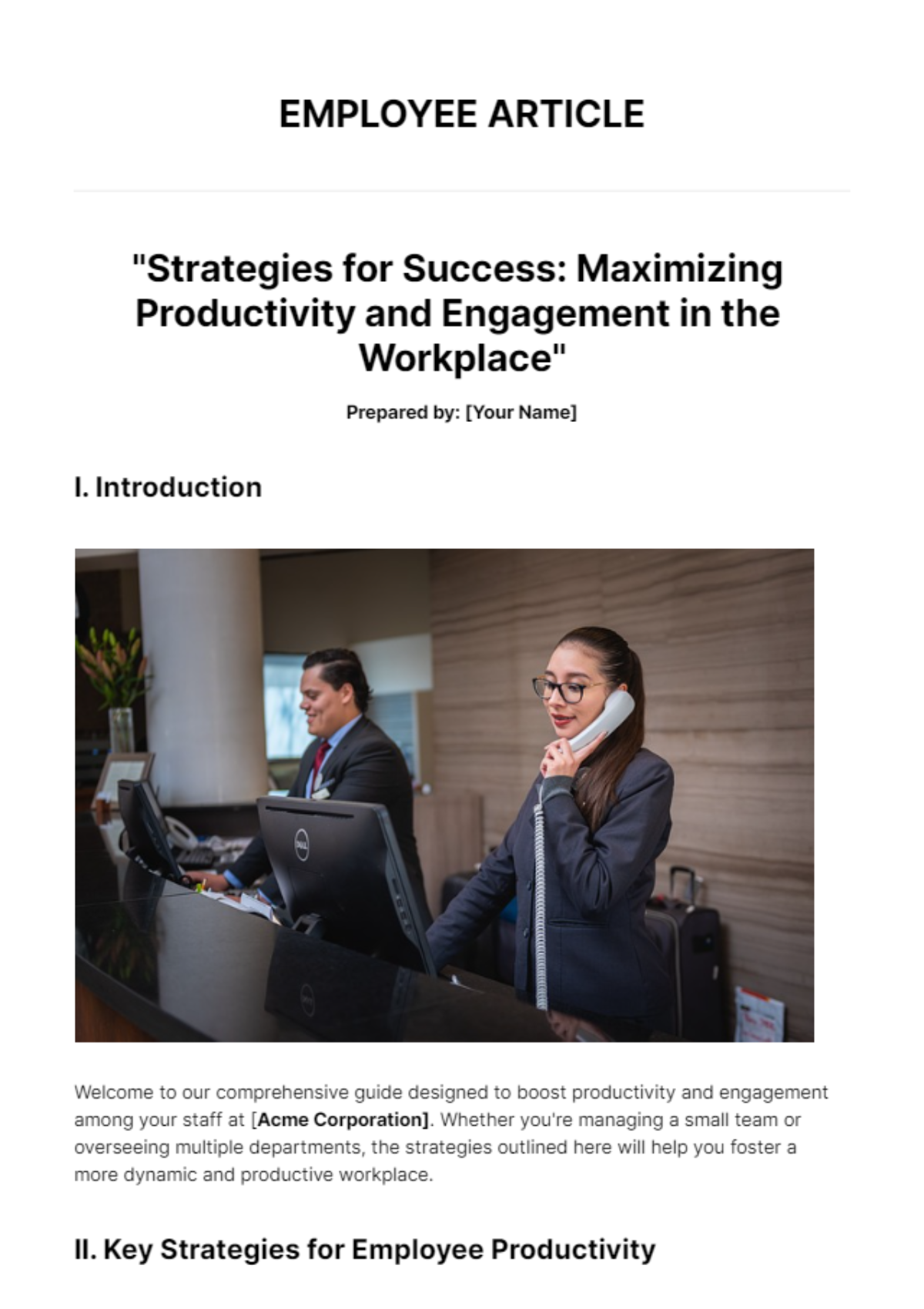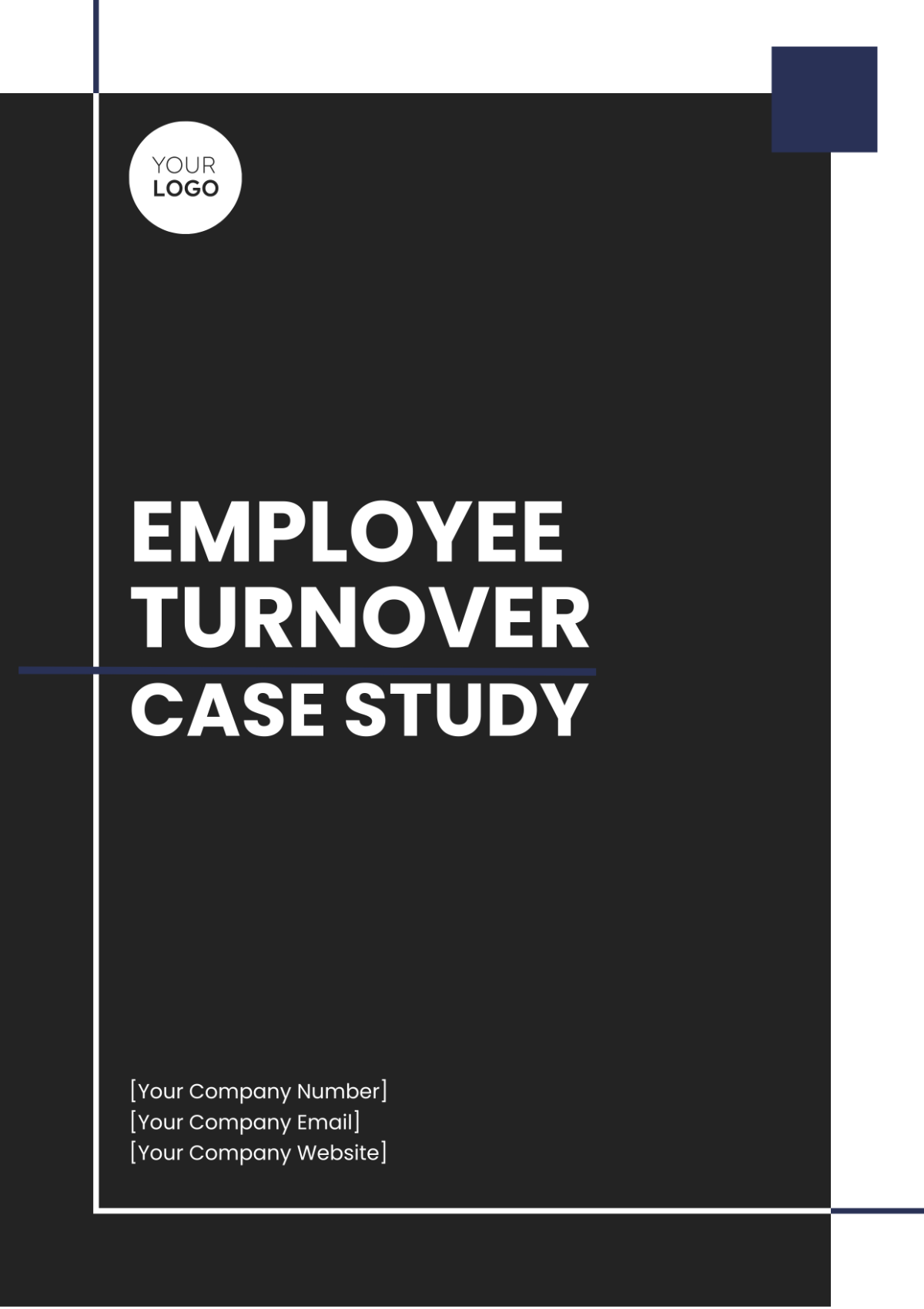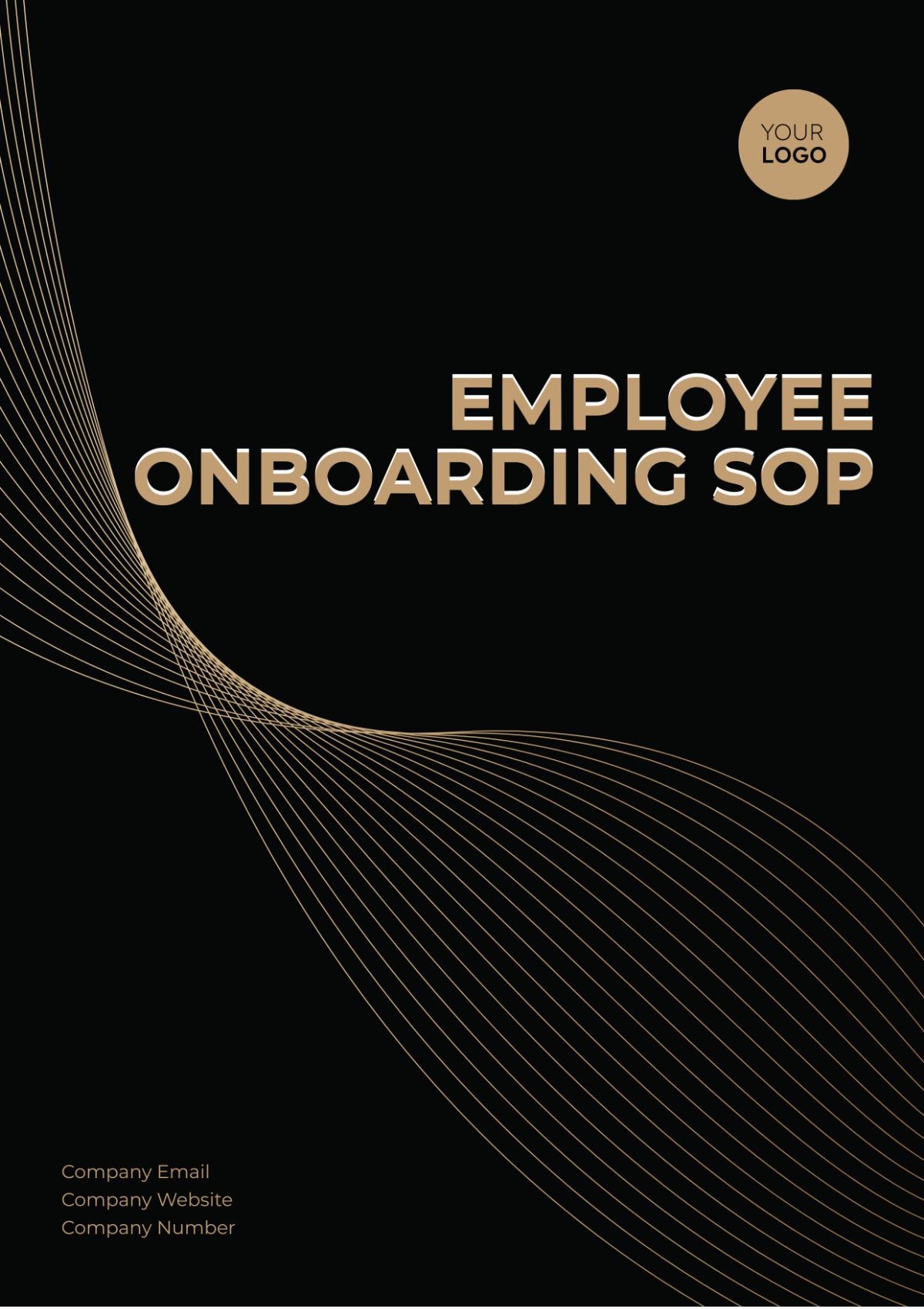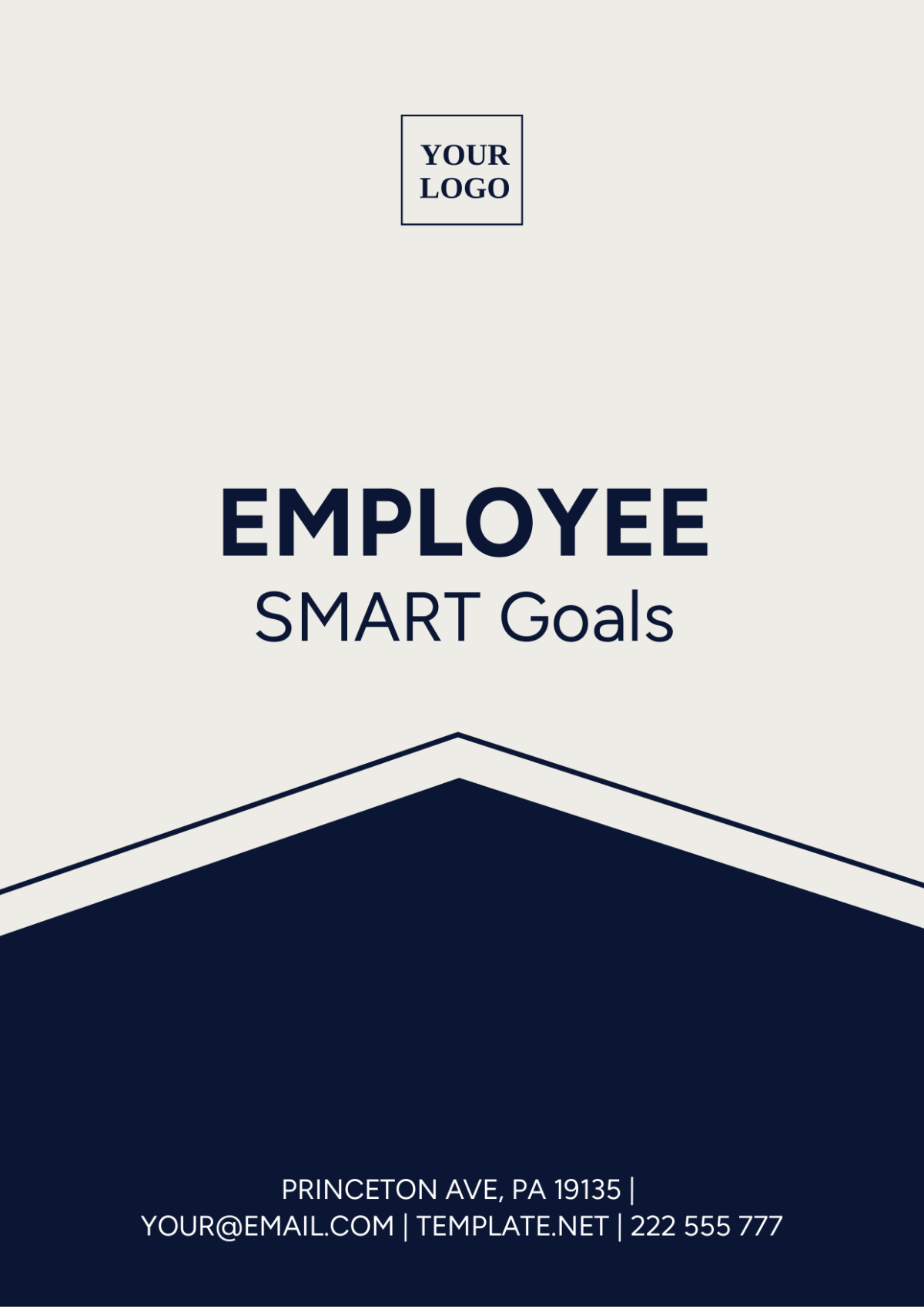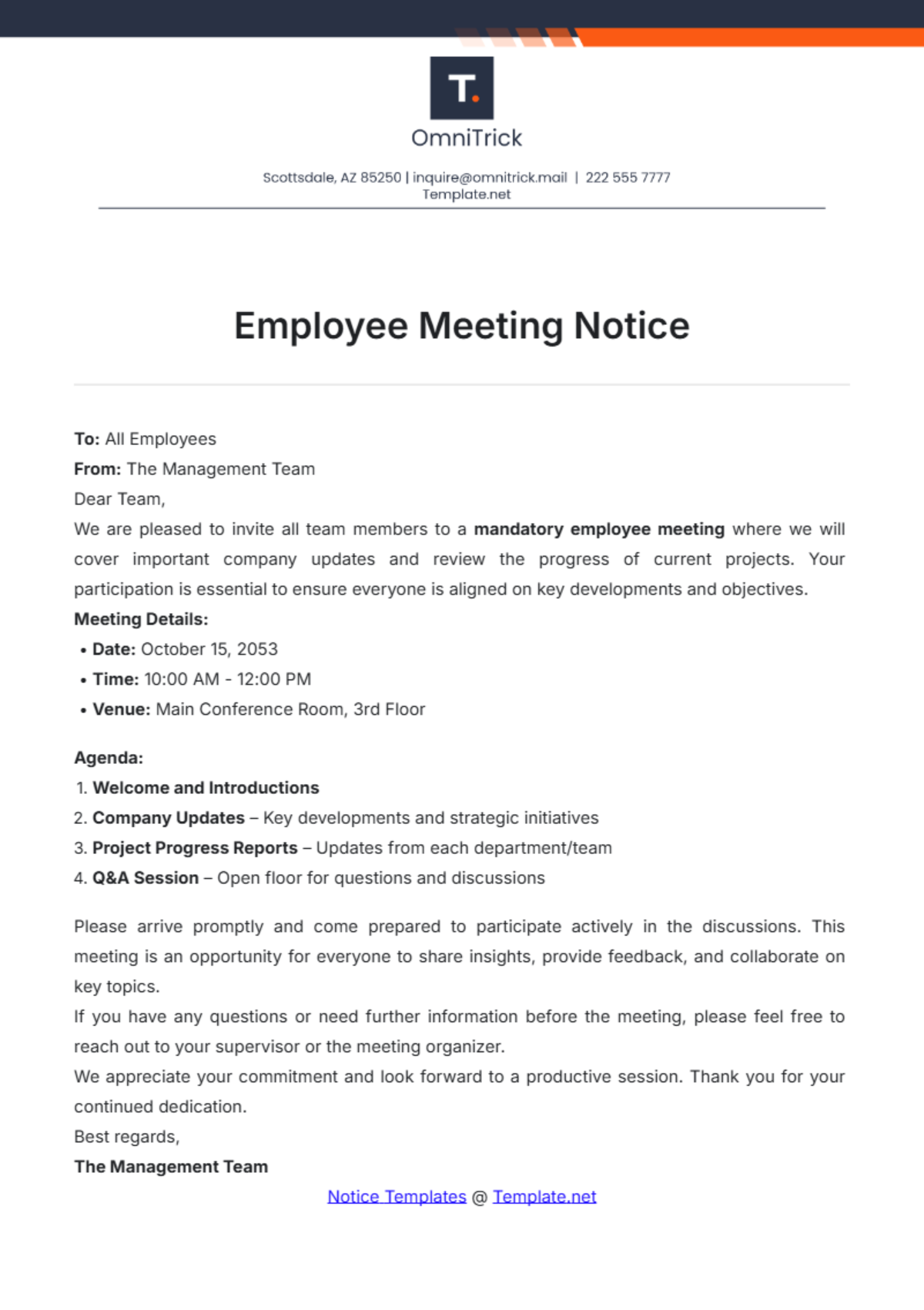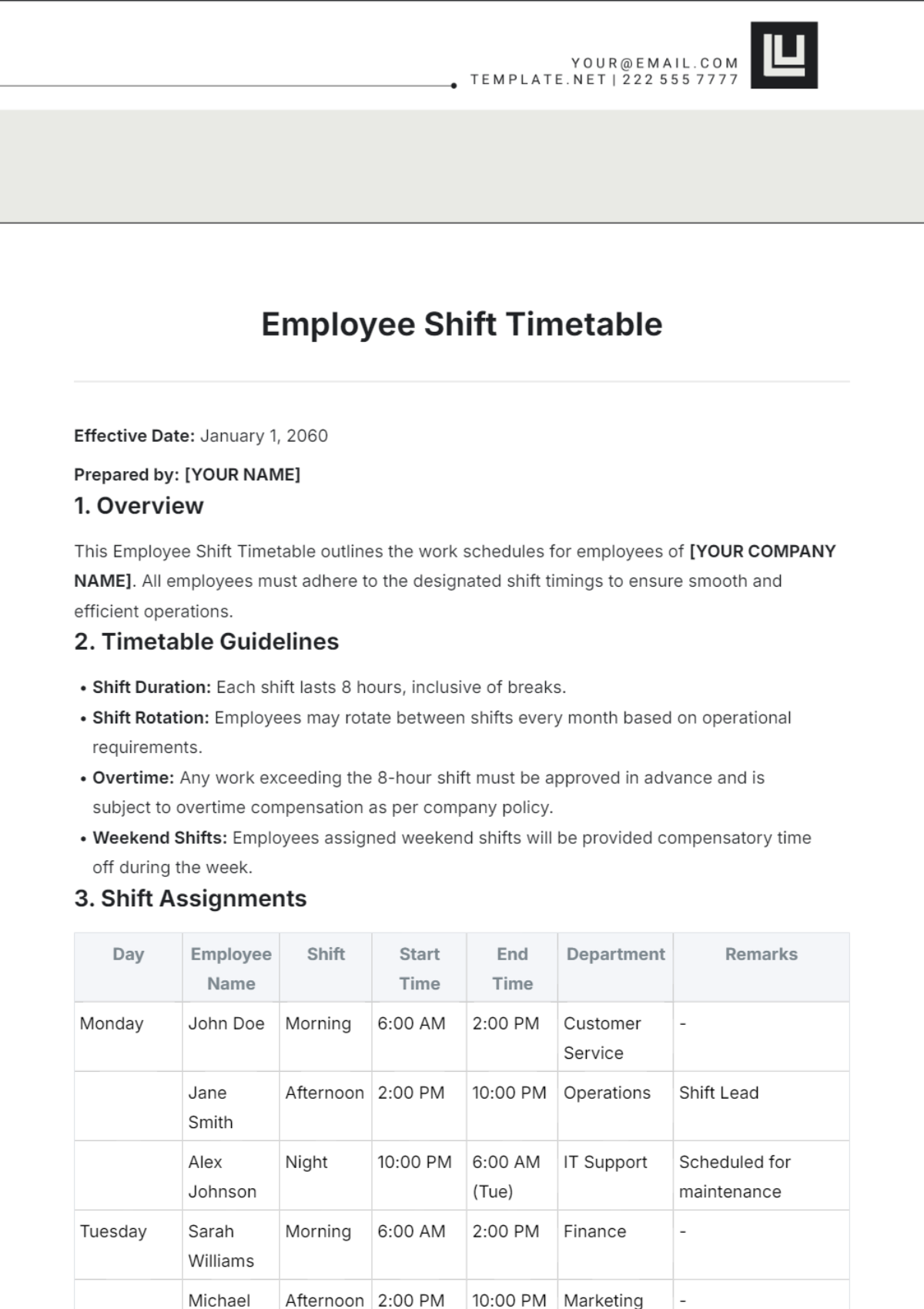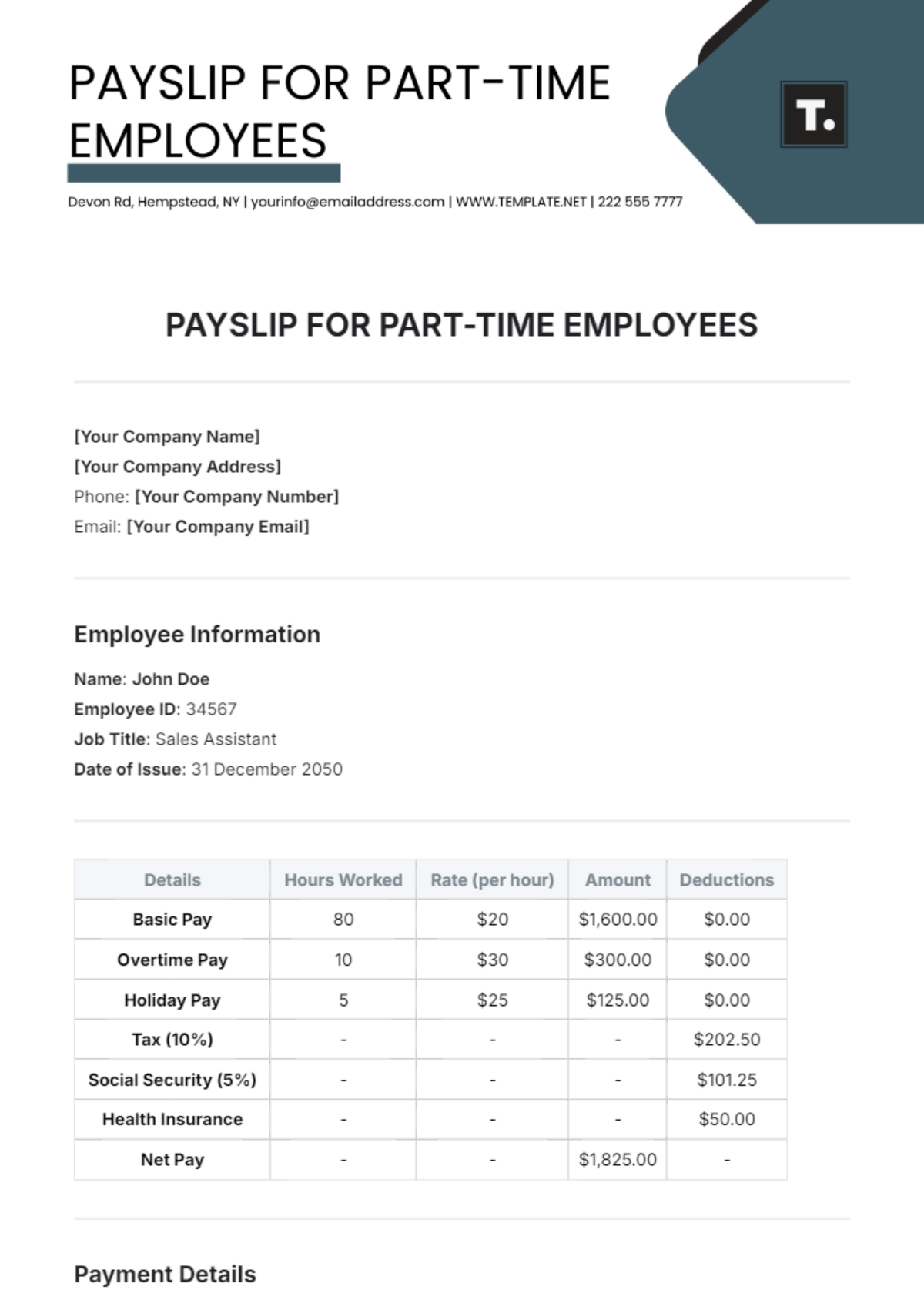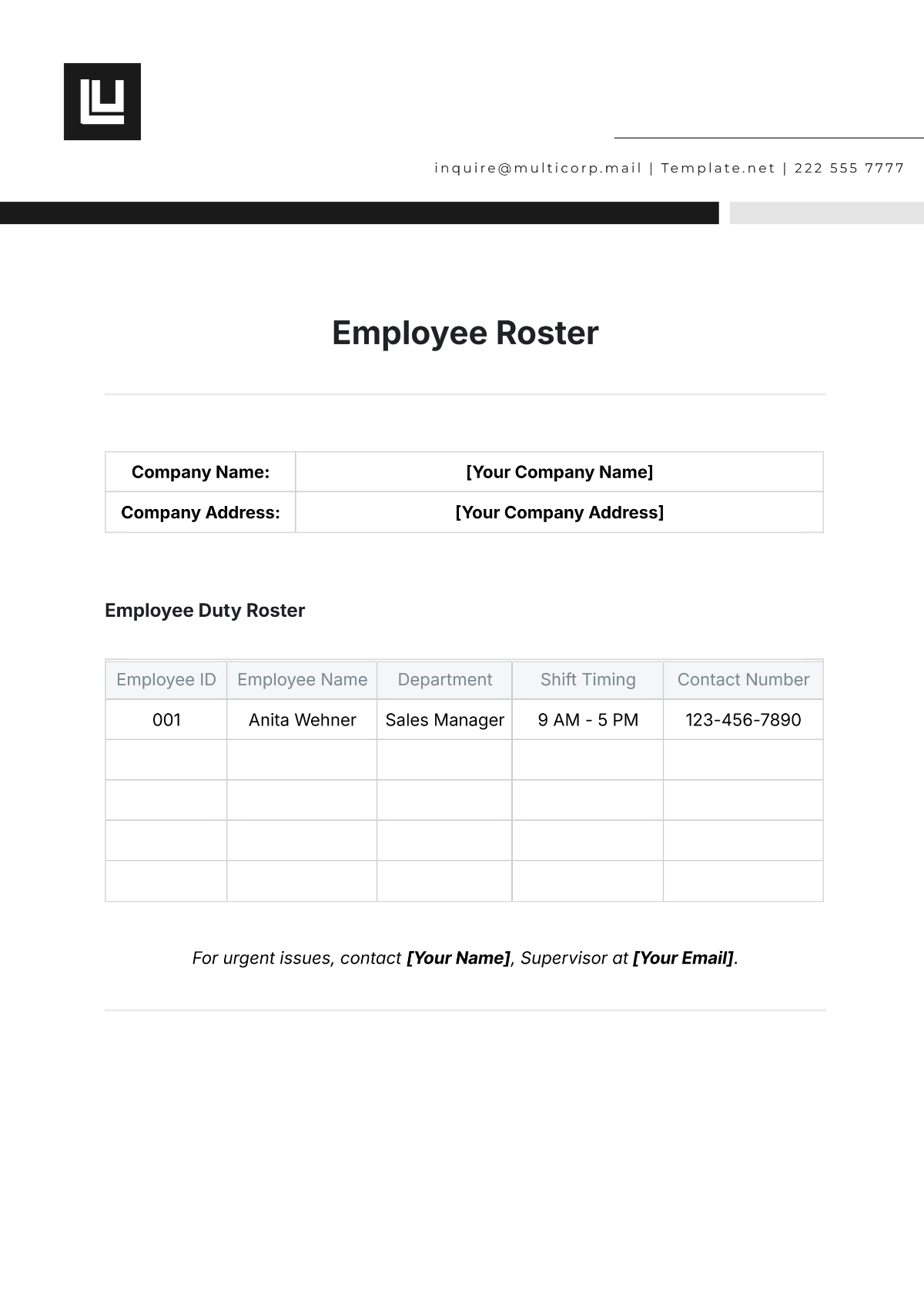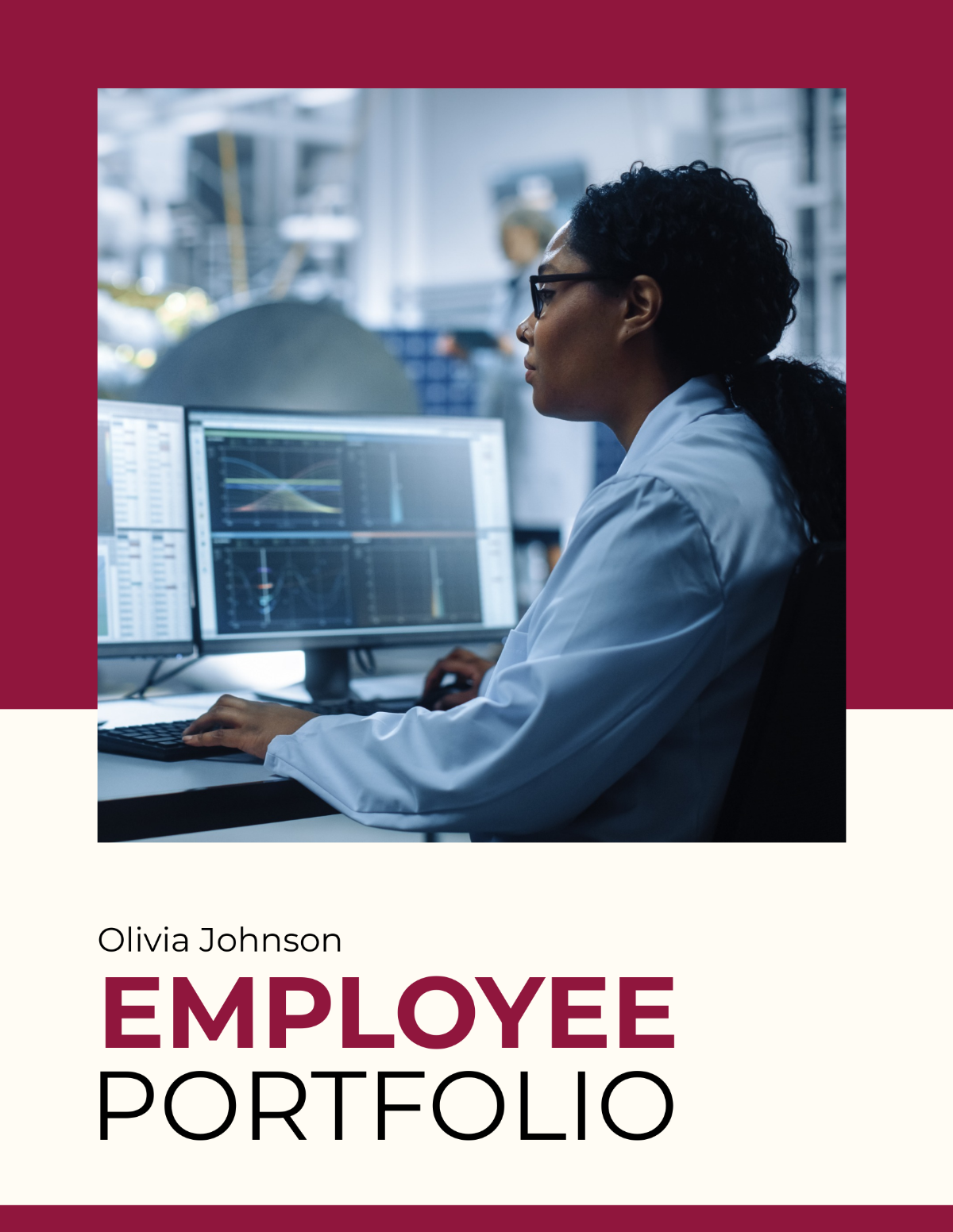EXECUTIVE SUMMARY
This Employee Feedback Compilation & Study report outlines a comprehensive review of feedback collected from employees of [Your Company Name] over the past quarter. Developed through various data collection methods including anonymous surveys, interviews, and focus group discussions, this report serves a dual purpose. Firstly, it aims to systematically compile the sentiments, suggestions, and criticisms from employees across various departments and job functions. Secondly, it seeks to analyze this collective intelligence to offer actionable insights that the company can use to enhance workplace conditions, enrich employee satisfaction, and augment overall productivity.
The report is structured around key areas such as work environment, management practices, compensation & benefits, and career growth opportunities. Each section provides not just quantitative data but also qualitative insights that delve deep into the employee psyche. The ultimate objective is to provide a data-driven basis for refining organizational strategies, HR policies, and management approaches. The report concludes with targeted recommendations that can serve as a roadmap for achieving both short-term and long-term organizational improvements.
This report is intended for senior management, HR professionals, and department heads, offering them a granular view of the workforce’s current state of mind and actionable steps for future strategy.
INTRODUCTION
Employee feedback serves as a vital tool for continuous improvement, allowing the organization to make data-driven decisions in multiple domains such as human resources, operations, and even product development. Consequently, this comprehensive report has been curated to serve as a reservoir of information gathered from a variety of sources including annual reviews, monthly surveys, and one-on-one interviews, among others.
Covering feedback from diverse departments like sales, marketing, engineering, and human resources, this report seeks to provide a multi-faceted view of the organization's health from the perspective of its most valuable assets: its employees. Beyond mere compilation, the data have been meticulously analyzed to unearth patterns, trends, and areas for improvement. The goal is to use these insights for designing actionable strategies that lead to enhanced job satisfaction, increased productivity, and a more engaged workforce.
This report will serve as a valuable resource for all stakeholders including executives, HR managers, and team leaders, offering insights that can guide policy changes, improve workplace culture, and drive the company's growth and sustainability.
OBJECTIVES
Understand Employee Sentiment Across Departments
The first objective aims to capture the emotional and intellectual attitudes of employees towards their work, team environment, and the company as a whole. By using tools such as satisfaction surveys, departmental interviews, and direct feedback, we intend to analyze the overall job satisfaction and engagement levels across different departments. This will help us understand if there are department-specific issues that need to be addressed.
Identify Areas of Improvement
While it's essential to celebrate the strengths and successes of the organization, it's equally important to pinpoint areas that require attention. Through this report, we aim to identify gaps in areas like work-life balance, employee training, internal communication, and managerial effectiveness. By doing so, we can suggest specific initiatives or modifications to existing practices that will address these gaps and contribute to overall improvement.
Gauge the Effectiveness of Existing HR Policies
An organization's HR policies are intended to serve as a framework for fair and effective management, but their real-world effectiveness can vary. Through the analysis of employee feedback, we can assess how well current HR policies are being received. For example, are the company's diversity and inclusion policies working as intended? Is the performance appraisal system considered fair by the majority? Addressing these questions will help us refine existing policies for better alignment with employee needs and expectations.
METHODOLOGY
The methodology for compiling and analyzing employee feedback in this report is multi-faceted to ensure a holistic view of employee sentiment and effectiveness of HR policies. Here are the primary methods employed:
Anonymous Surveys:
Anonymity was ensured to encourage honest and candid responses. These surveys were distributed electronically to all employees and consisted of multiple-choice questions, Likert scale questions, and open-text fields. The survey was available between [Date] and [Date] and garnered a participation rate of approximately [X]%.
Interviews:
In-depth interviews were conducted with select employees from various departments, both randomly and based on volunteer participation. The interviews were typically 20-30 minutes long and included open-ended questions that allowed for the discussion of nuanced issues that may not be adequately captured in a survey. These interviews were held confidential to encourage open dialogue.
Focus Group Discussions:
These were organized as another means to gauge collective sentiment and engage in more interactive dialogues. Each focus group consisted of 6-8 employees from a mix of departments, job roles, and seniority levels. The discussions were facilitated by a third-party expert to ensure impartiality and took place between [Date] and [Date].
By employing a mix of quantitative (surveys) and qualitative (interviews and focus groups) methods, we aimed to capture a well-rounded snapshot of employee experiences and opinions. This comprehensive approach allows us to draw more accurate conclusions and make meaningful recommendations.
FEEDBACK CATEGORIES
The chart below outlines the categories into which the feedback has been sorted for more efficient analysis. These categories were chosen based on the recurring themes that emerged during the initial review of surveys, interviews, and focus group discussions. Each category represents a specific aspect of the employee experience at [Your Company Name] that requires attention for improvement or validation of current practices. The 'Number of Responses' column indicates how many individual pieces of feedback were given per category, providing a quantitative measure of the focus areas that are of most concern or interest to our employees.
ANALYSIS
The following section provides an in-depth analysis of the feedback collected in various categories. Each category is discussed based on the average score given by employees, accompanied by common comments. These insights are integral for understanding the areas where [Your Company Name] excels and where it has room for improvement. The goal is to not only capture the sentiment of the workforce but also to pinpoint specific issues that can be addressed to enhance overall employee satisfaction.
Work Environment
Average Score: 3.7/5
Common Comments: Lack of natural light, efficient teamwork
The Work Environment category received a relatively favorable average score of 3.7 out of 5. However, feedback suggests that improvements can be made, especially concerning the lack of natural light in the workspace. On a positive note, teamwork within the company is considered efficient.
Management Practices
Average Score: 4/5
Common Comments: Transparent, could improve in providing timely feedback
Management Practices received a strong average score of 4 out of 5, reflecting generally positive sentiment. Transparency in managerial decisions was frequently praised. Nonetheless, there is room for improvement in providing more timely feedback to employees.
Compensation & Benefits
Average Score: 3.2/5
Common Comments: Competitive salary but benefits lacking
The Compensation & Benefits category had a lower average score of 3.2 out of 5. While the salaries are perceived as competitive, there is a notable dissatisfaction regarding the benefits package, suggesting a need for a review and possible enhancements in this area.
Career Growth
Average Score: 3.9/5
Common Comments: Good opportunities but lack of mentorship
Career Growth received a promising average score of 3.9 out of 5. Employees feel there are good opportunities for growth within the company. However, the lack of mentorship programs or guidance is seen as a barrier to realizing their full potential.
RECOMMENDATIONS
Based on the insights gained from the analysis of employee feedback, it is clear that there are several avenues for improvement at [Your Company Name]. The recommendations listed below aim to directly address the concerns raised in the feedback while also promoting a better work environment and higher employee satisfaction. These recommendations are made with the dual purpose of enhancing the overall organizational culture and increasing productivity and job satisfaction among the workforce.
Implement Flexible Benefits Programs: One of the pressing concerns among employees centers on the lack of a comprehensive benefits package. A flexible benefits program would allow employees to pick and choose the benefits that are most pertinent to their individual needs, be it healthcare, retirement contributions, or even work-from-home allowances. This personalized approach would not only meet diverse needs but also contribute to a sense of employee well-being and loyalty towards the company.
Establish a Mentorship Program: The feedback shows that while there are ample opportunities for career growth, there is a need for structured guidance. Instituting a mentorship program can bridge this gap effectively. Mentors can provide invaluable industry insights, offer advice on career development, and even assist in skill enhancement. This would particularly address the noted lack of mentorship in the area of career growth, thus leading to more satisfied and better-equipped employees.
CONCLUSIONS
The Employee Feedback Compilation & Study has served as an illuminating exercise for [Your Company Name], revealing both strengths and areas needing improvement within our organizational culture and policies.
On one hand, the report shows that employees appreciate the transparent management practices and the overall work environment, which speaks to the effectiveness of current HR policies.
On the other hand, concerns about compensation, benefits, and mentorship opportunities indicate that there is still much work to be done to elevate employee satisfaction and engagement. Addressing these concerns is not just an HR issue but a business imperative, as a motivated and content workforce is directly related to the overall performance and growth of the company.
The recommendations provided offer a strategic roadmap for enhancing both employee well-being and company success. By acting on these insights, [Your Company Name] can build a more robust, responsive, and ultimately rewarding work environment for all.
APPENDIX
Sample Survey
[Your Company Name] Employee Feedback Survey
On a scale of 1-5, how would you rate your overall job satisfaction?
1 (Very Dissatisfied)
2 (Dissatisfied)
3 (Neutral)
4 (Satisfied)
5 (Very Satisfied)
How would you rate the work environment?
1 (Very Poor)
2 (Poor)
3 (Neutral)
4 (Good)
5 (Excellent)
Do you feel that you have opportunities for career growth?
Yes
No
Unsure
Sample Feedback
Anonymous Employee Feedback
Work Environment: "The lack of natural light in the office affects my mood."
Management Practices: "Management is transparent but could improve in providing timely feedback."
Compensation & Benefits: "The salary is competitive, but the health benefits could be better."
Career Growth: "There are good opportunities for growth, but a mentorship program would be beneficial."
Financials
Employee Feedback Program Financial Report
Total Cost of Conducting Surveys: $500
Cost of Focus Group Discussions: $300
Miscellaneous Costs: $200
Total: $1000


